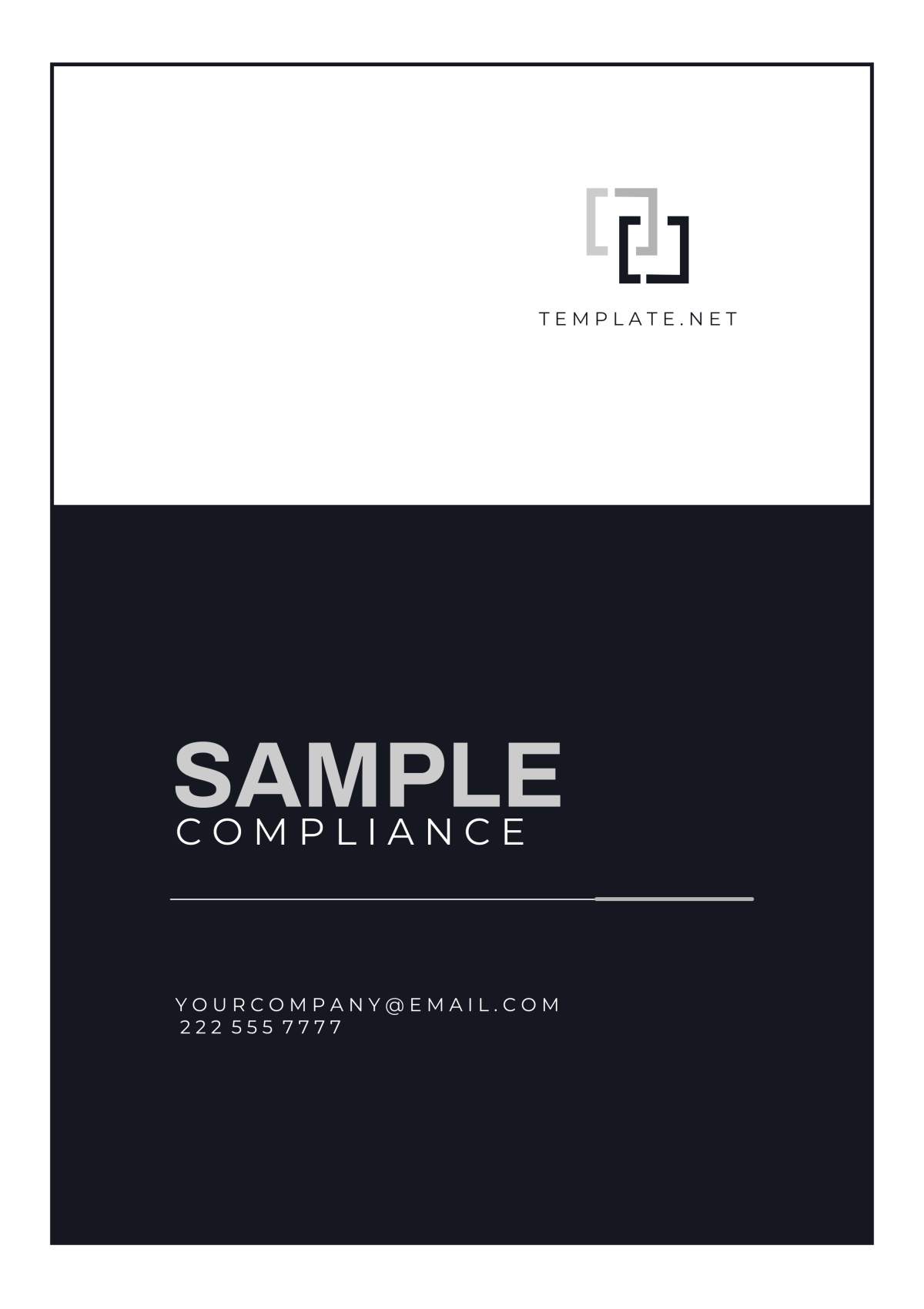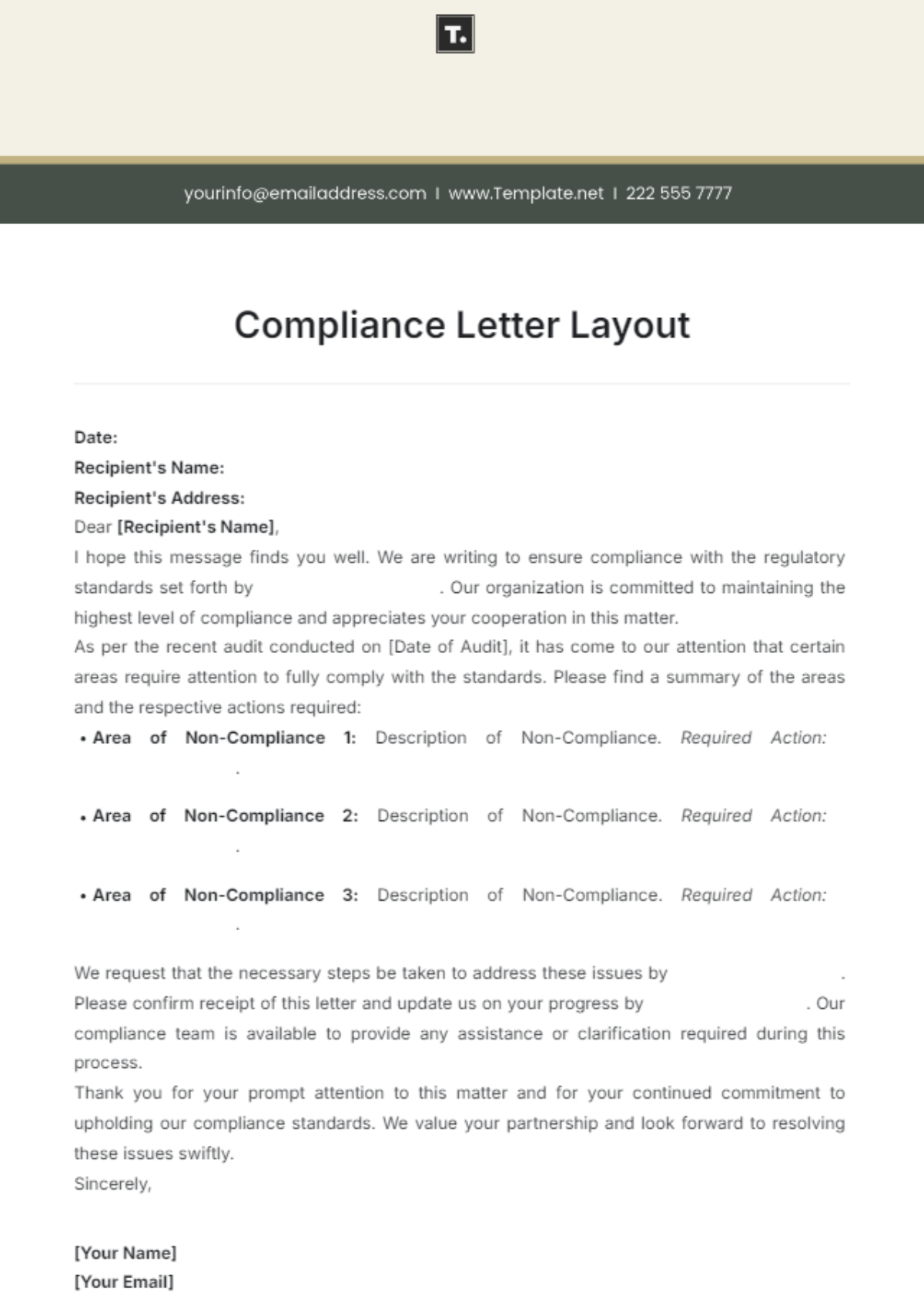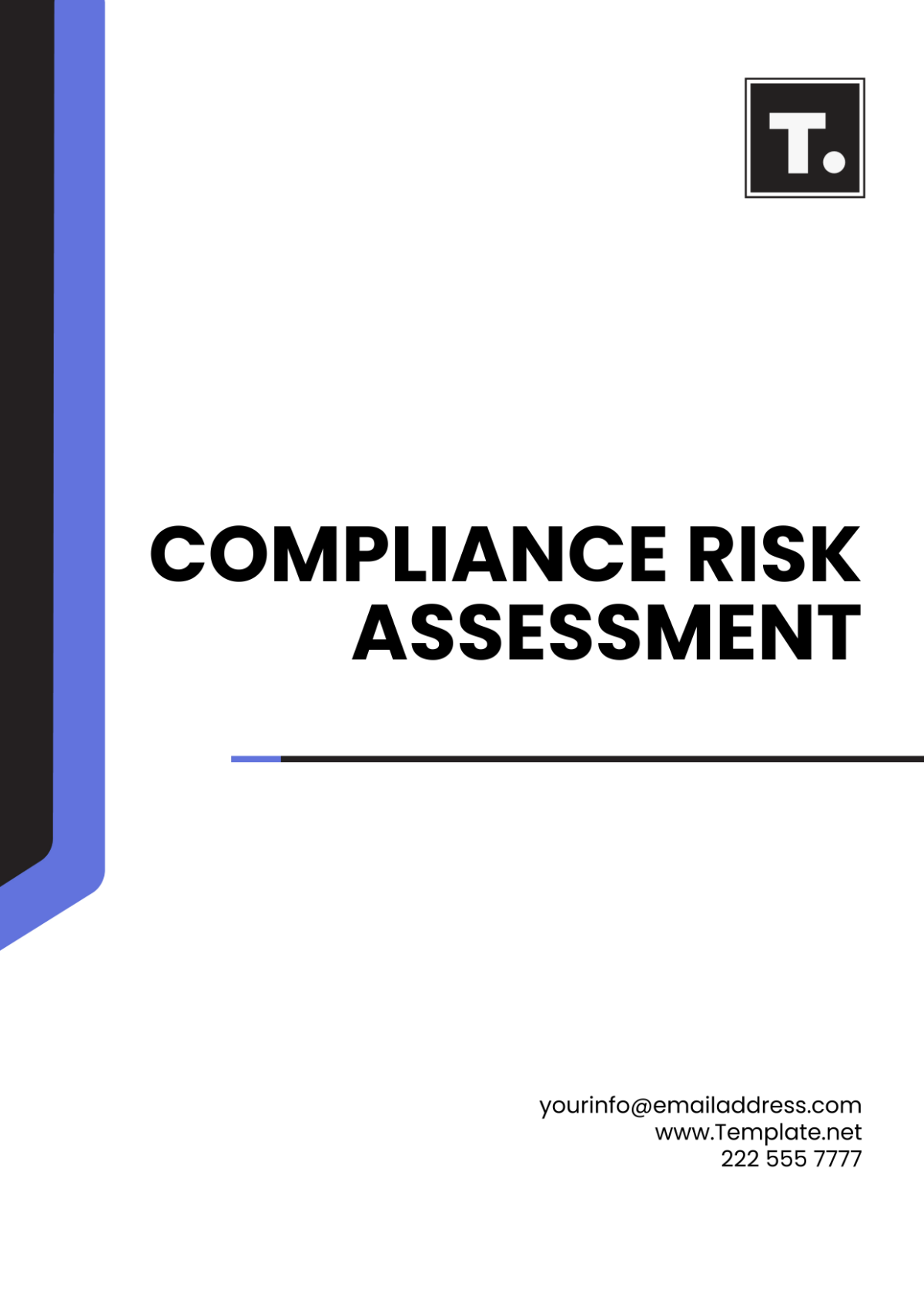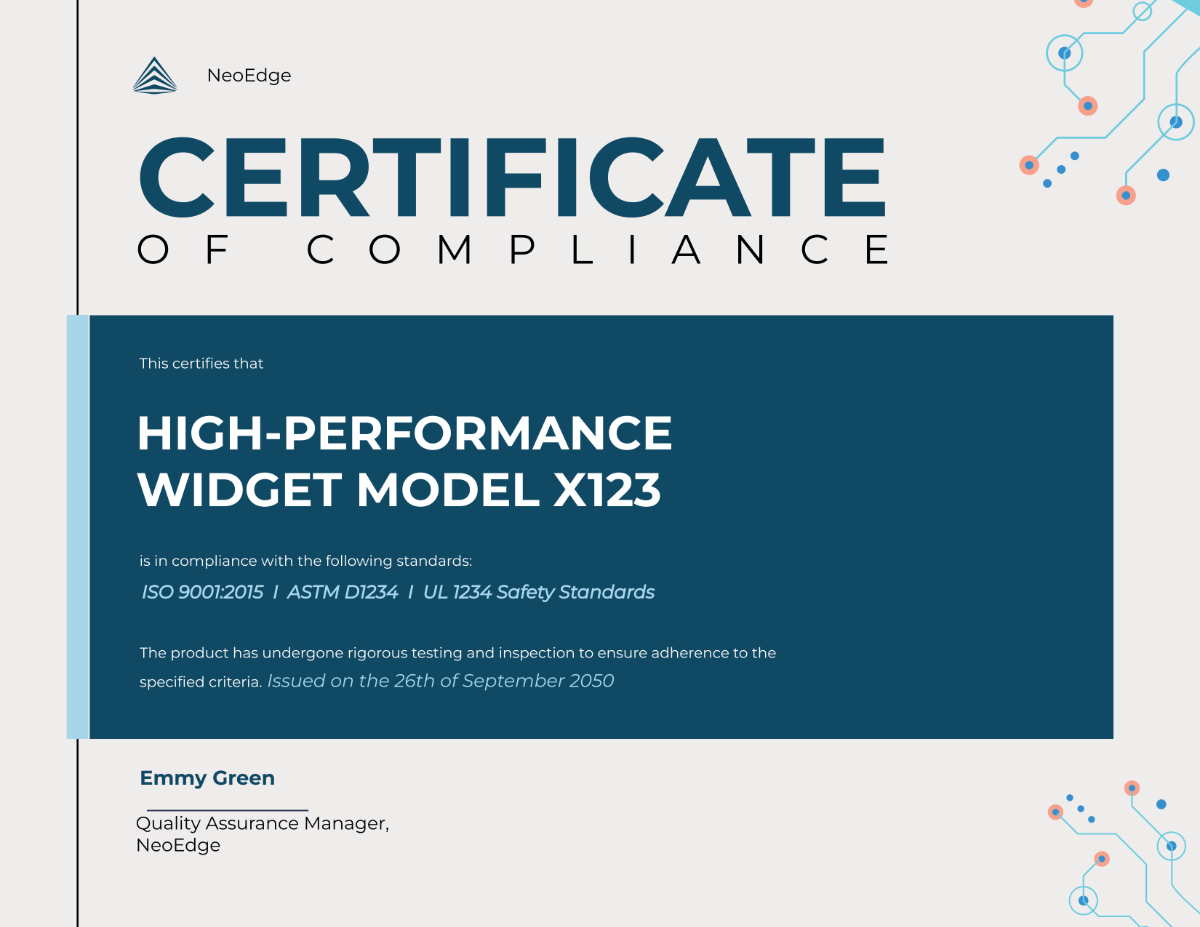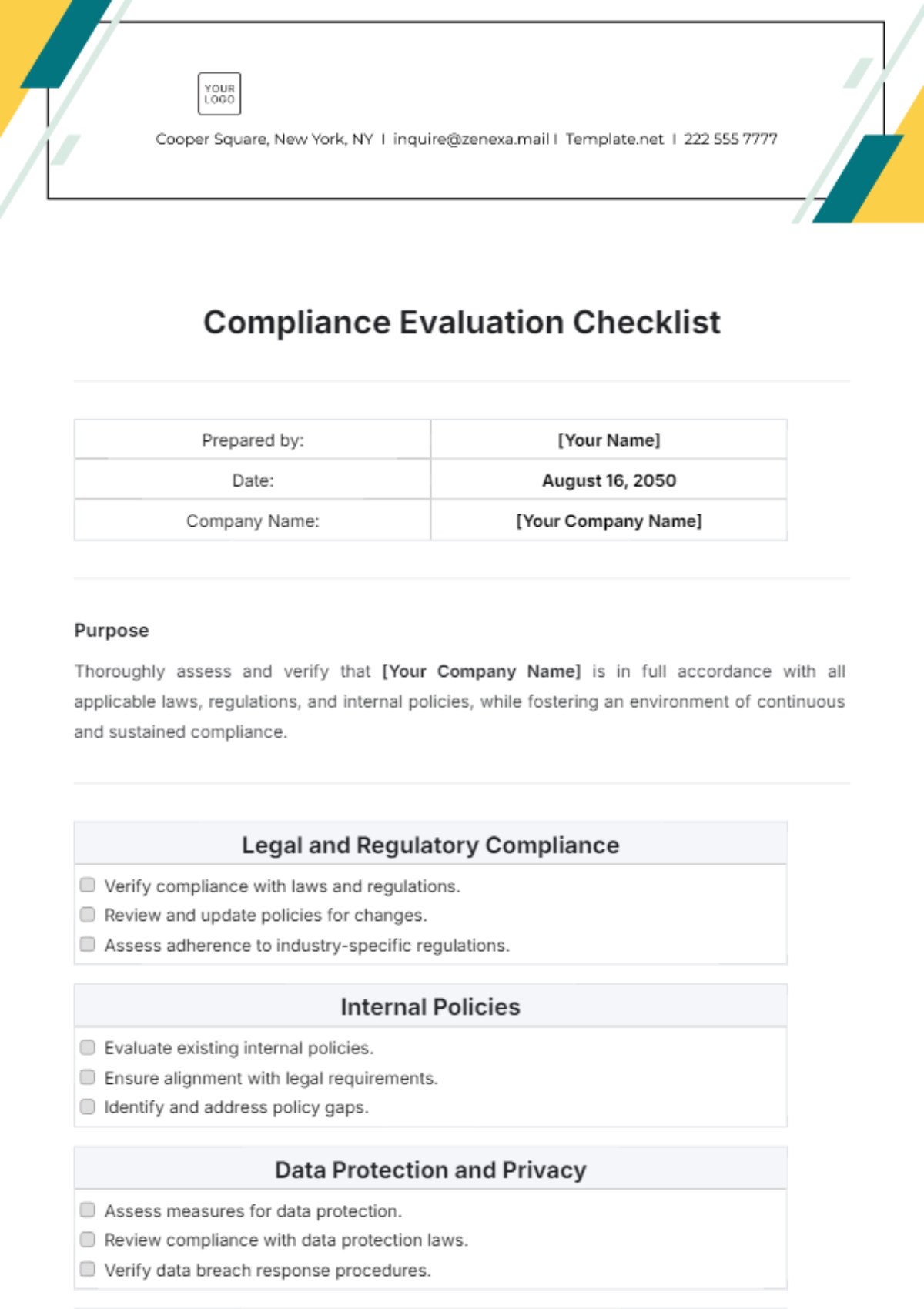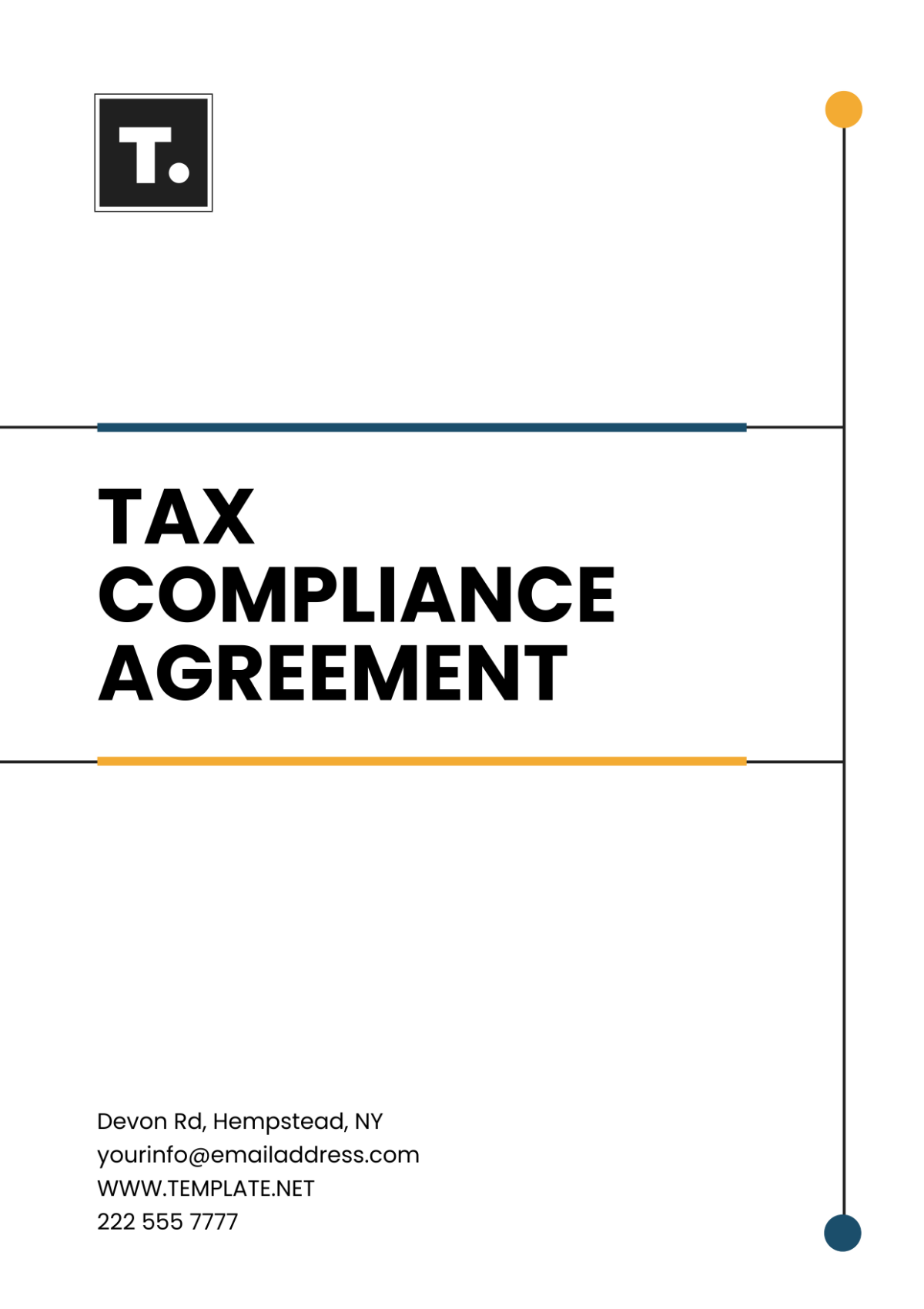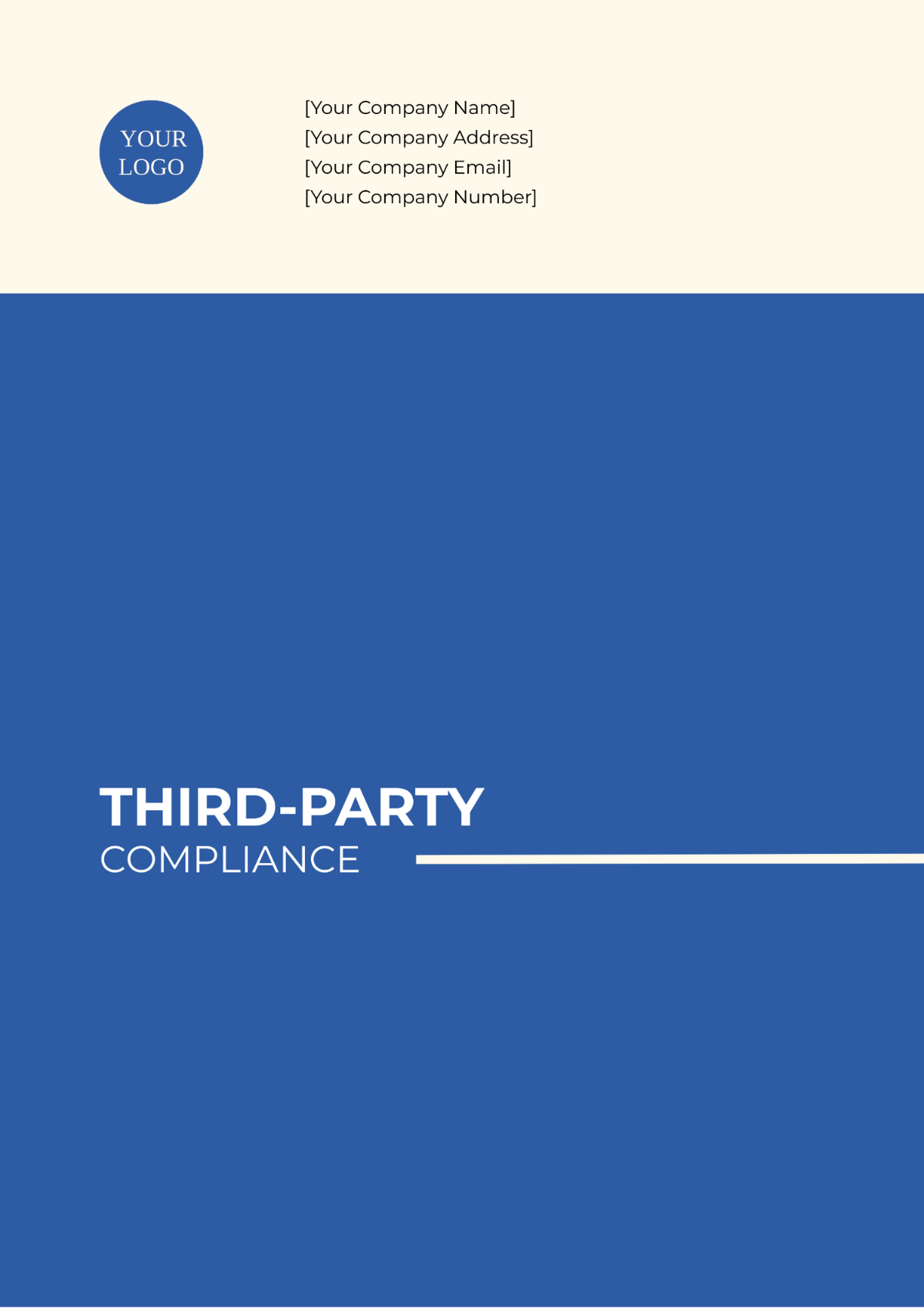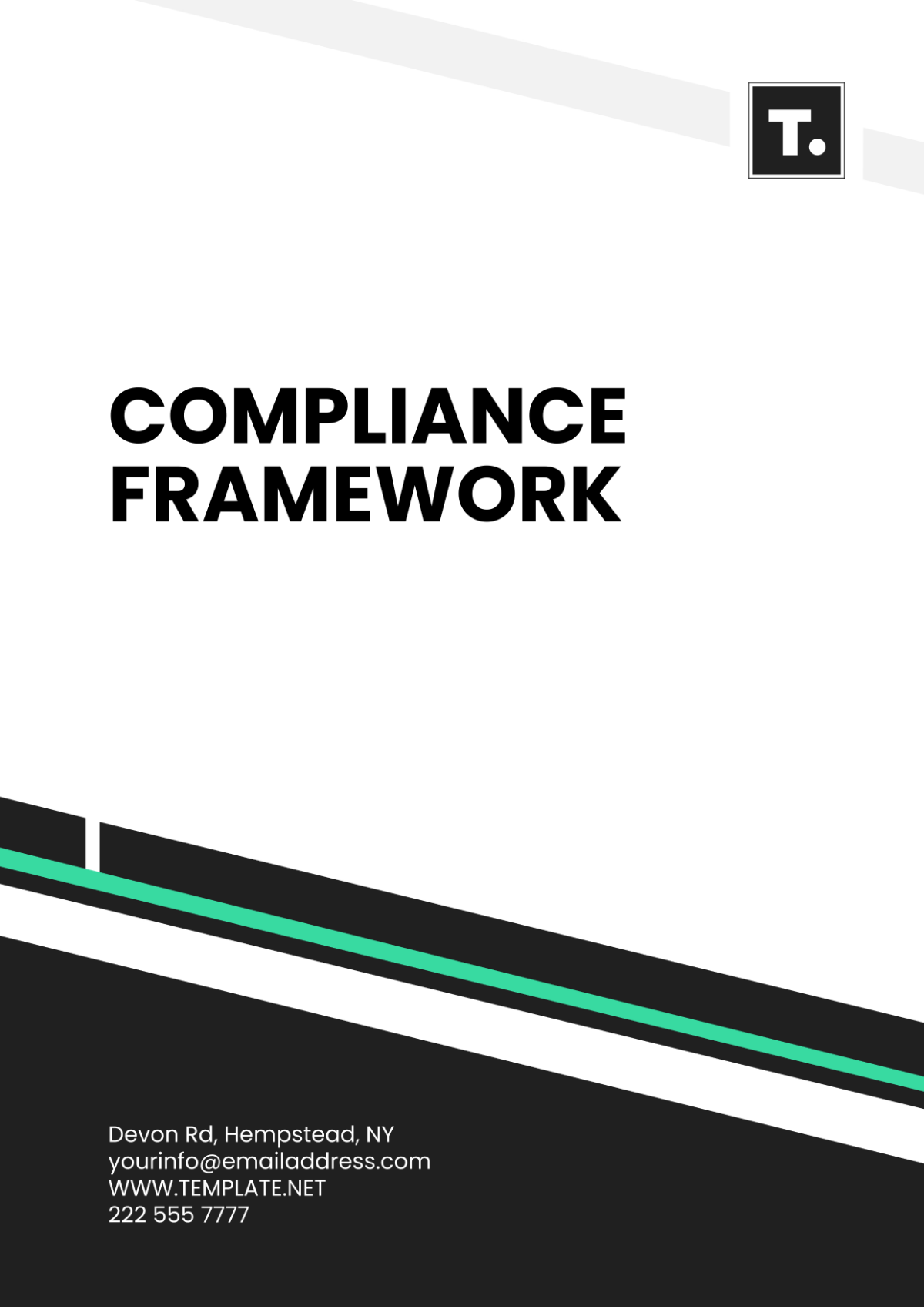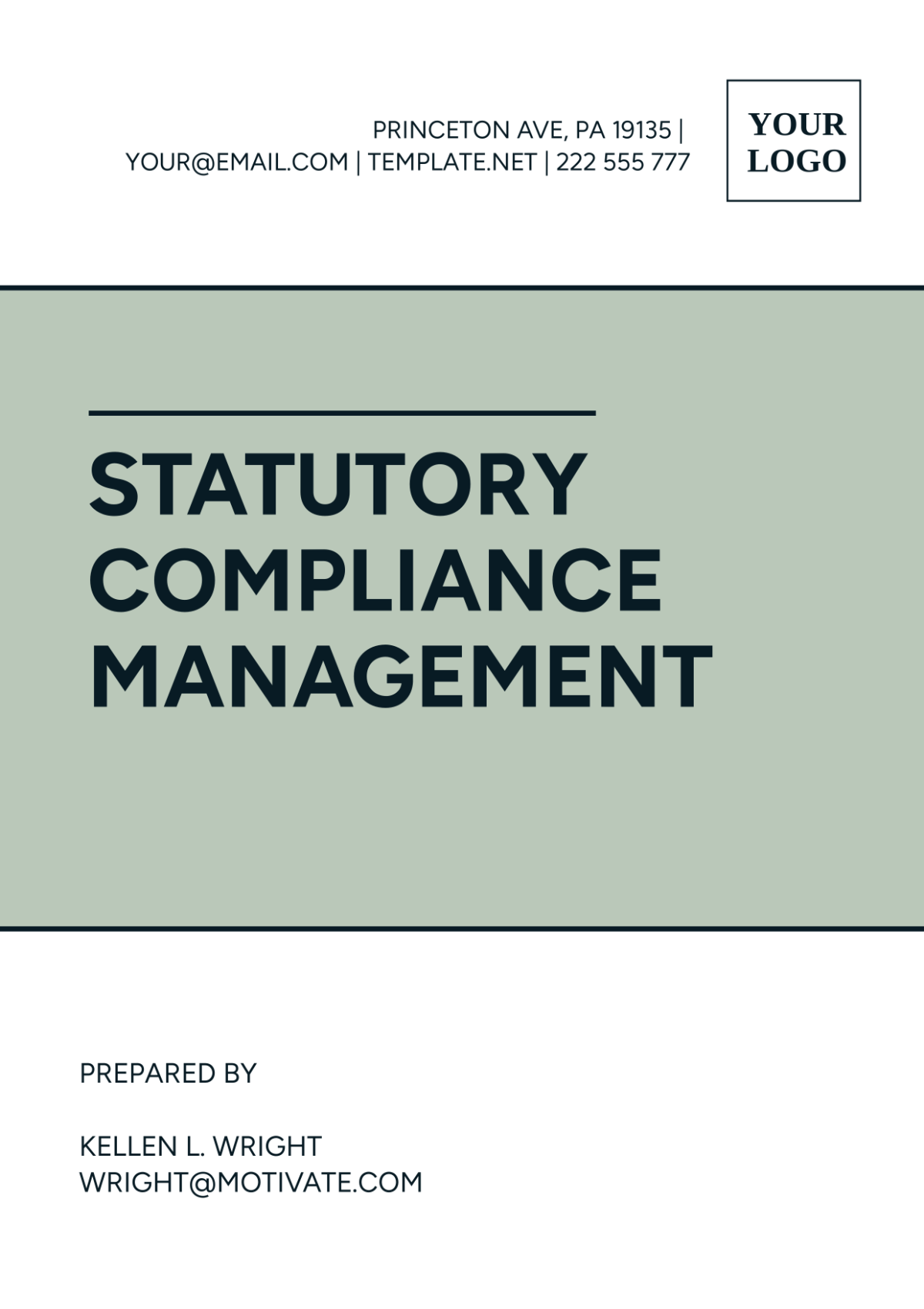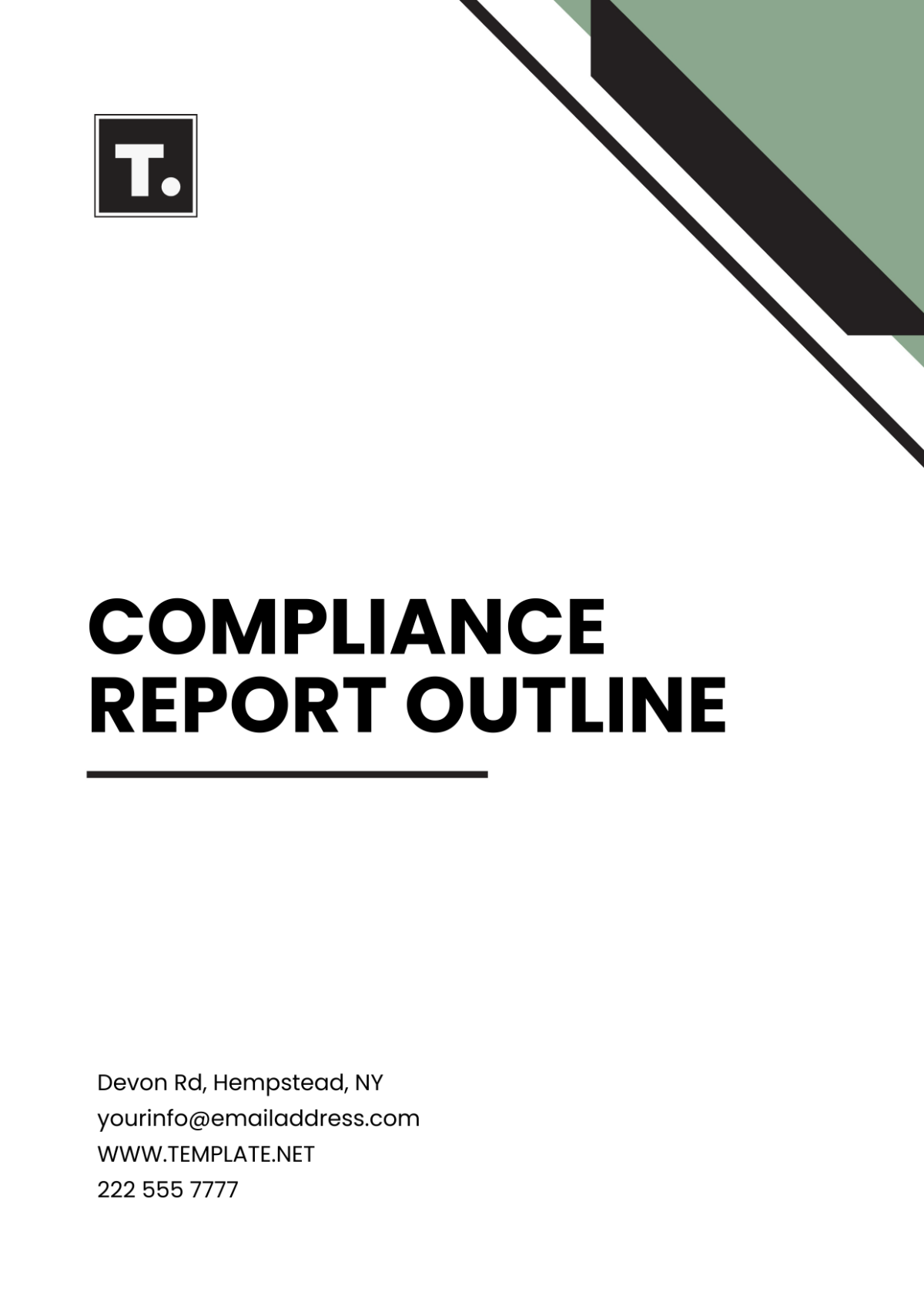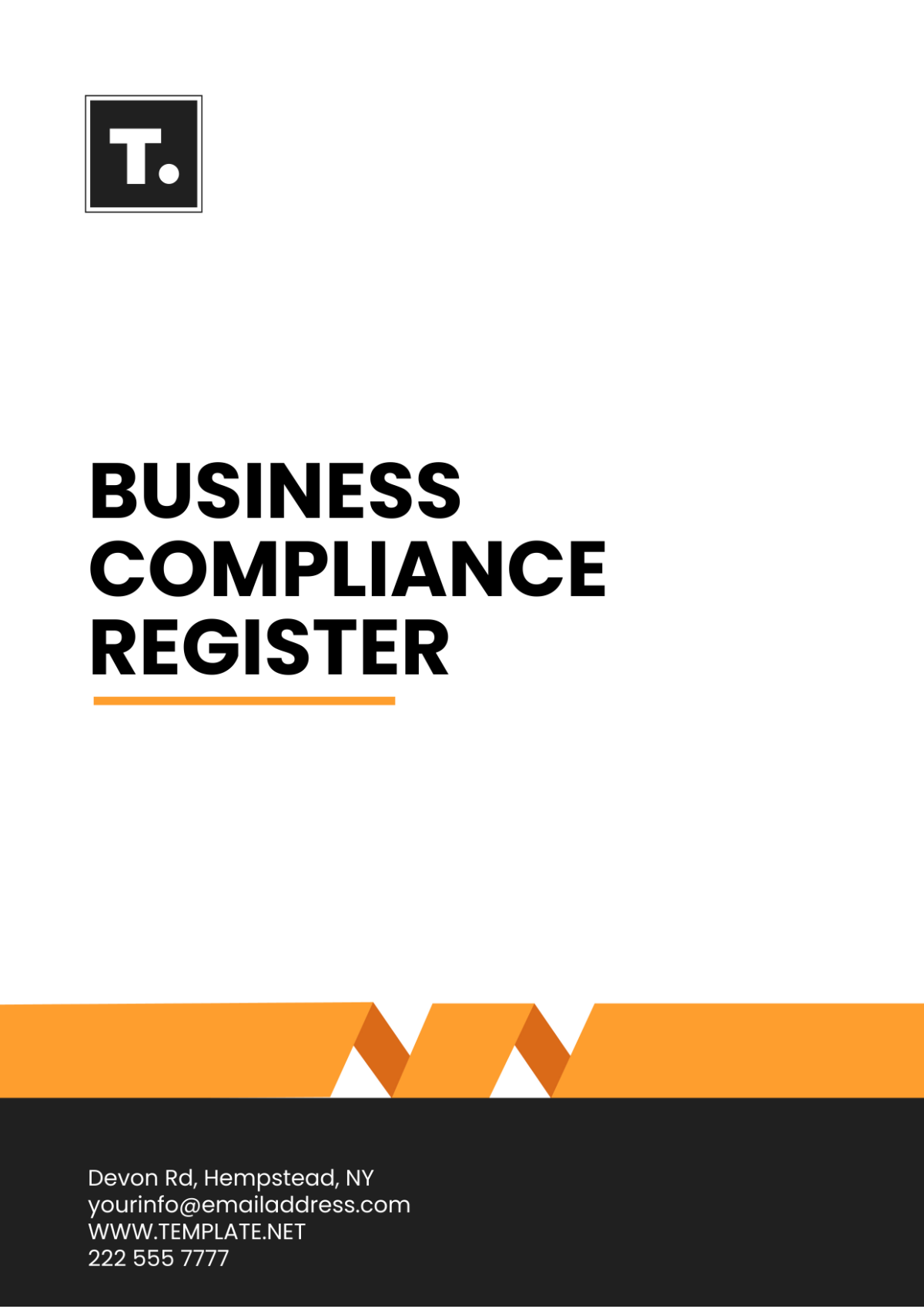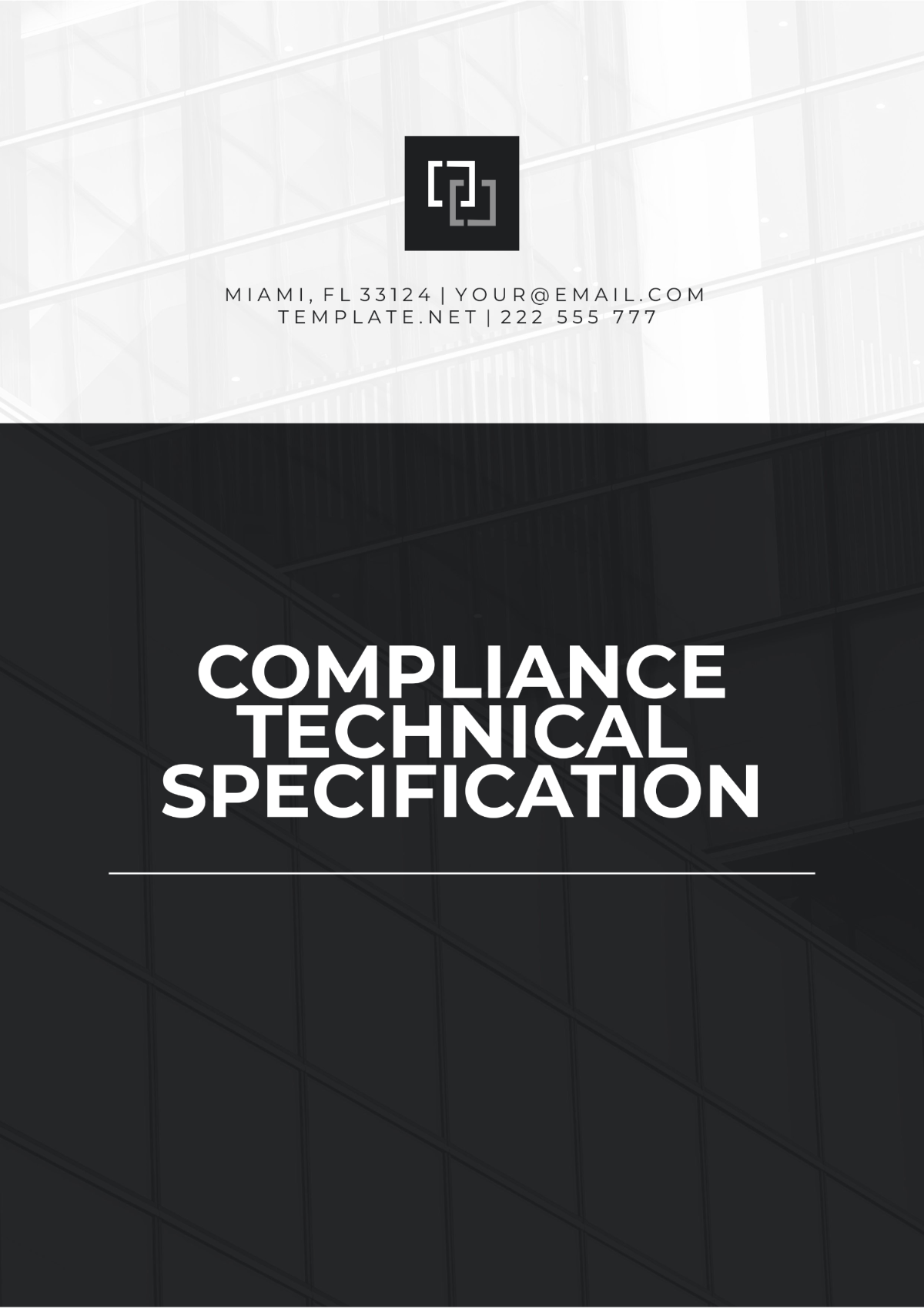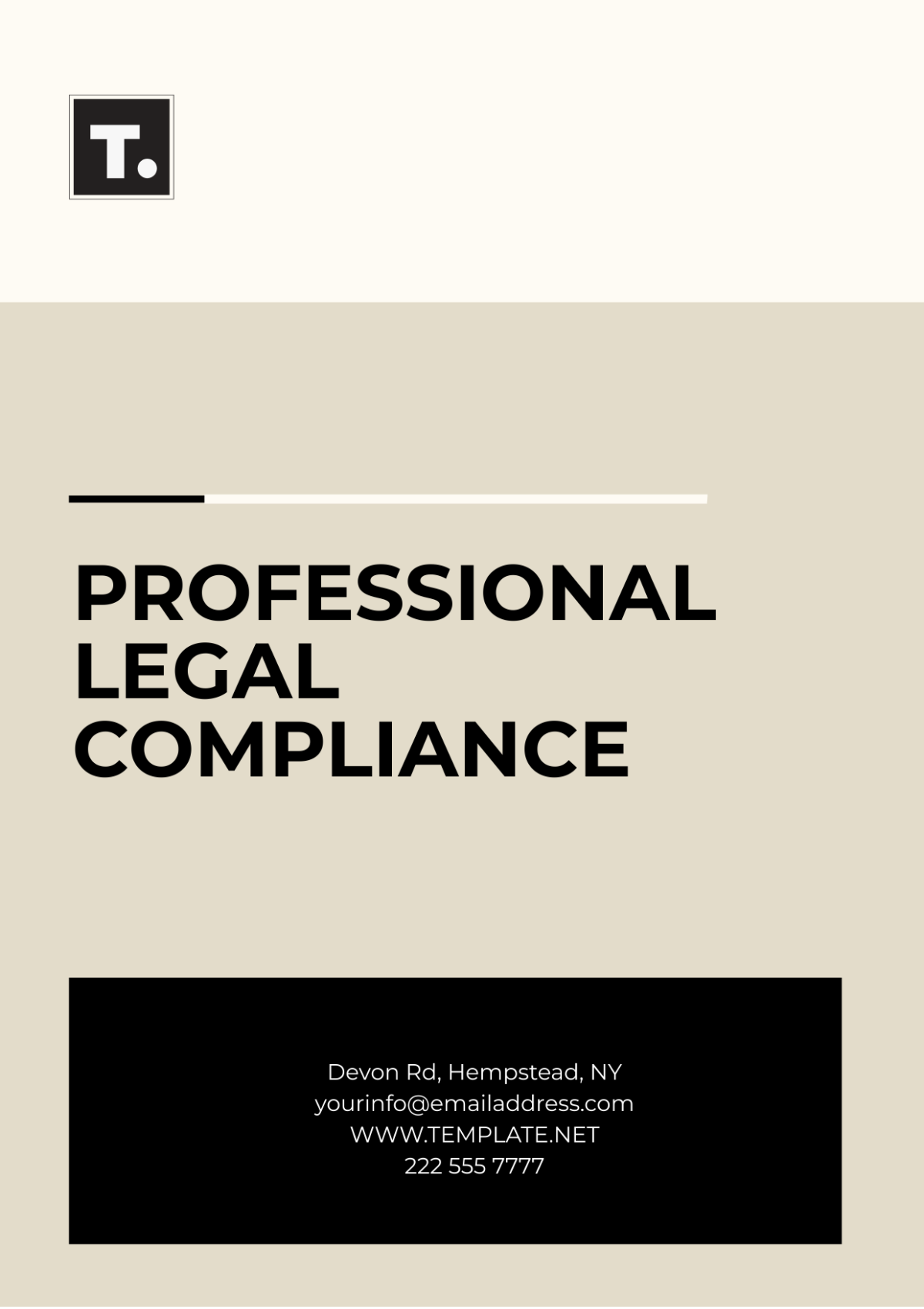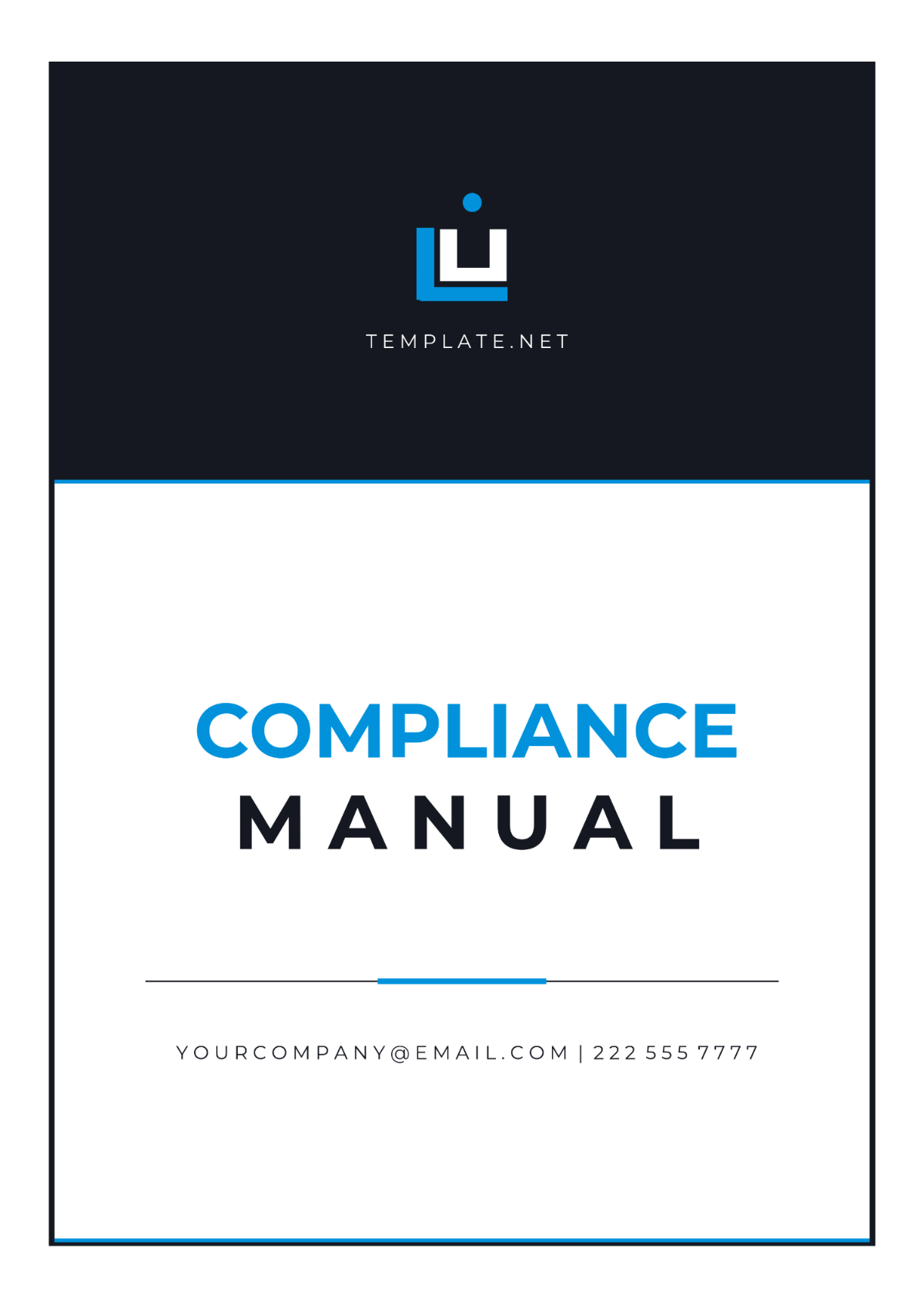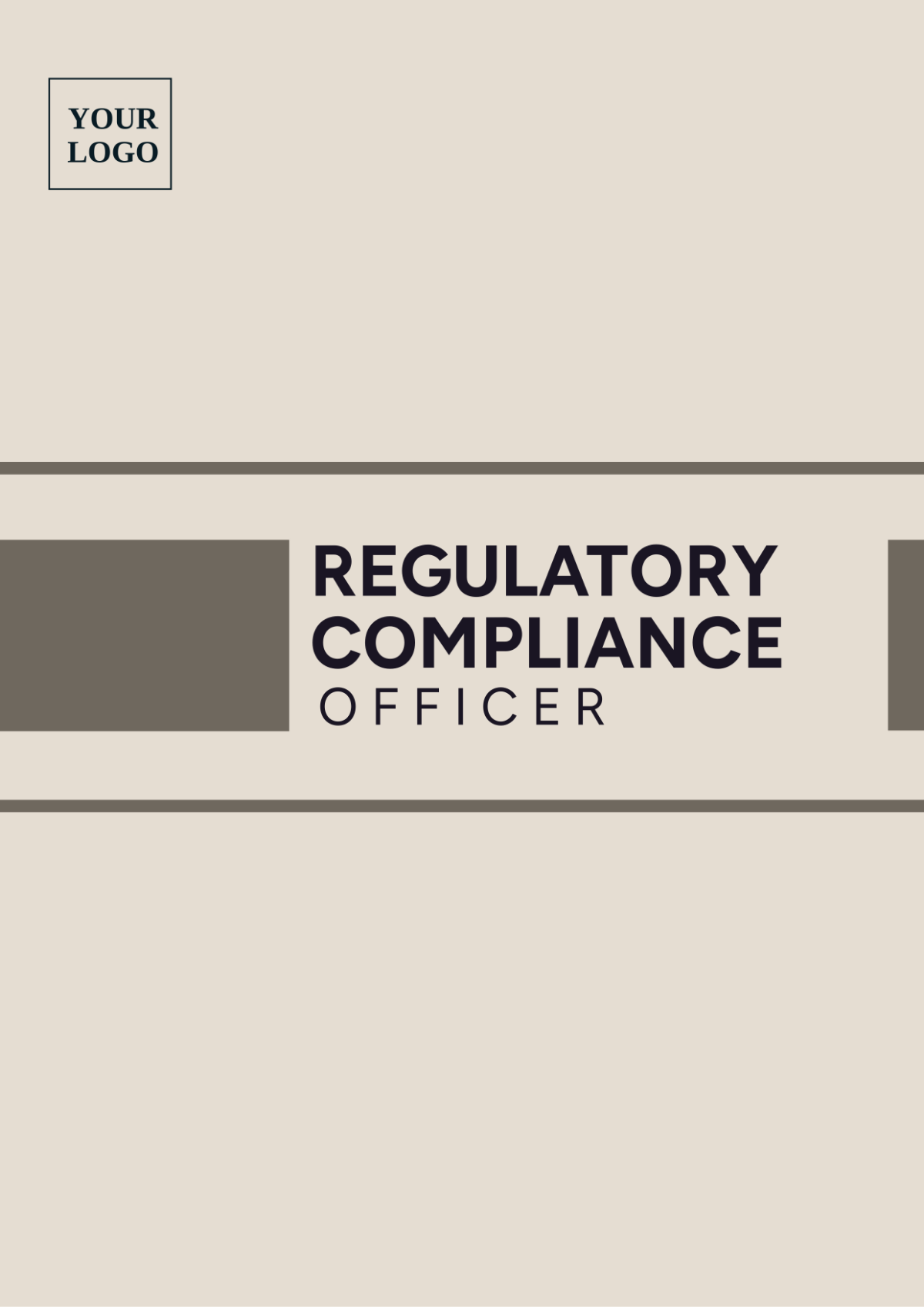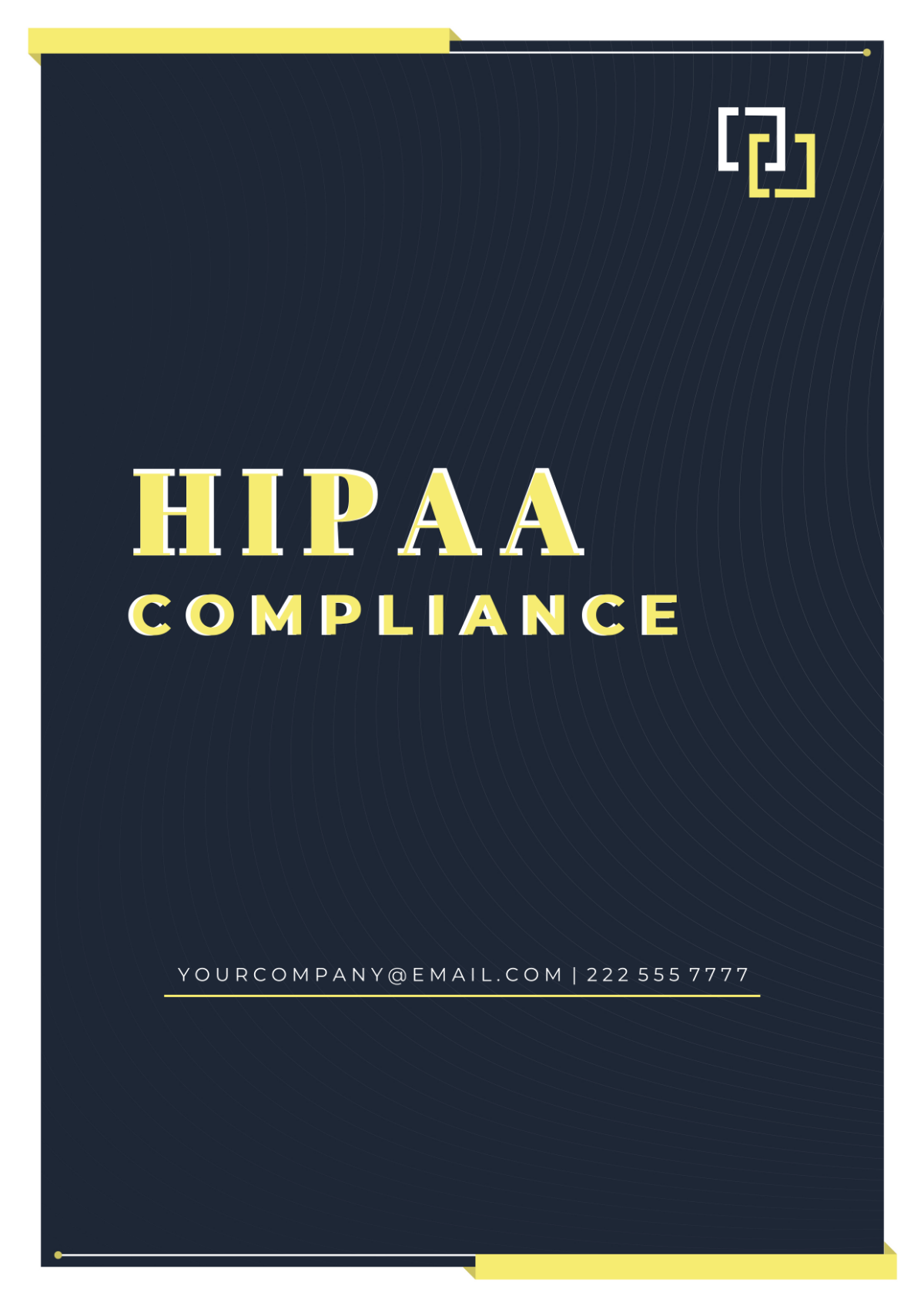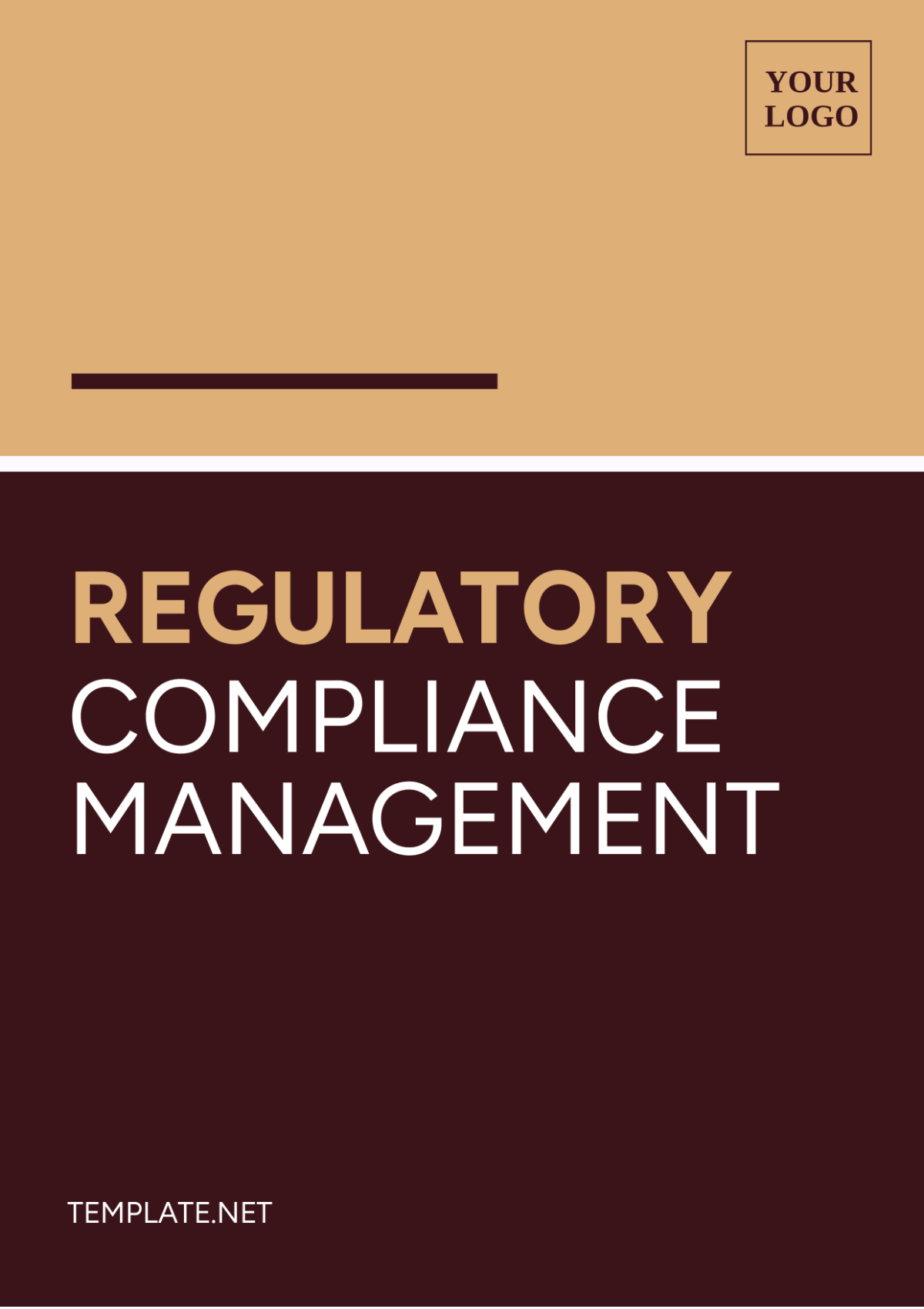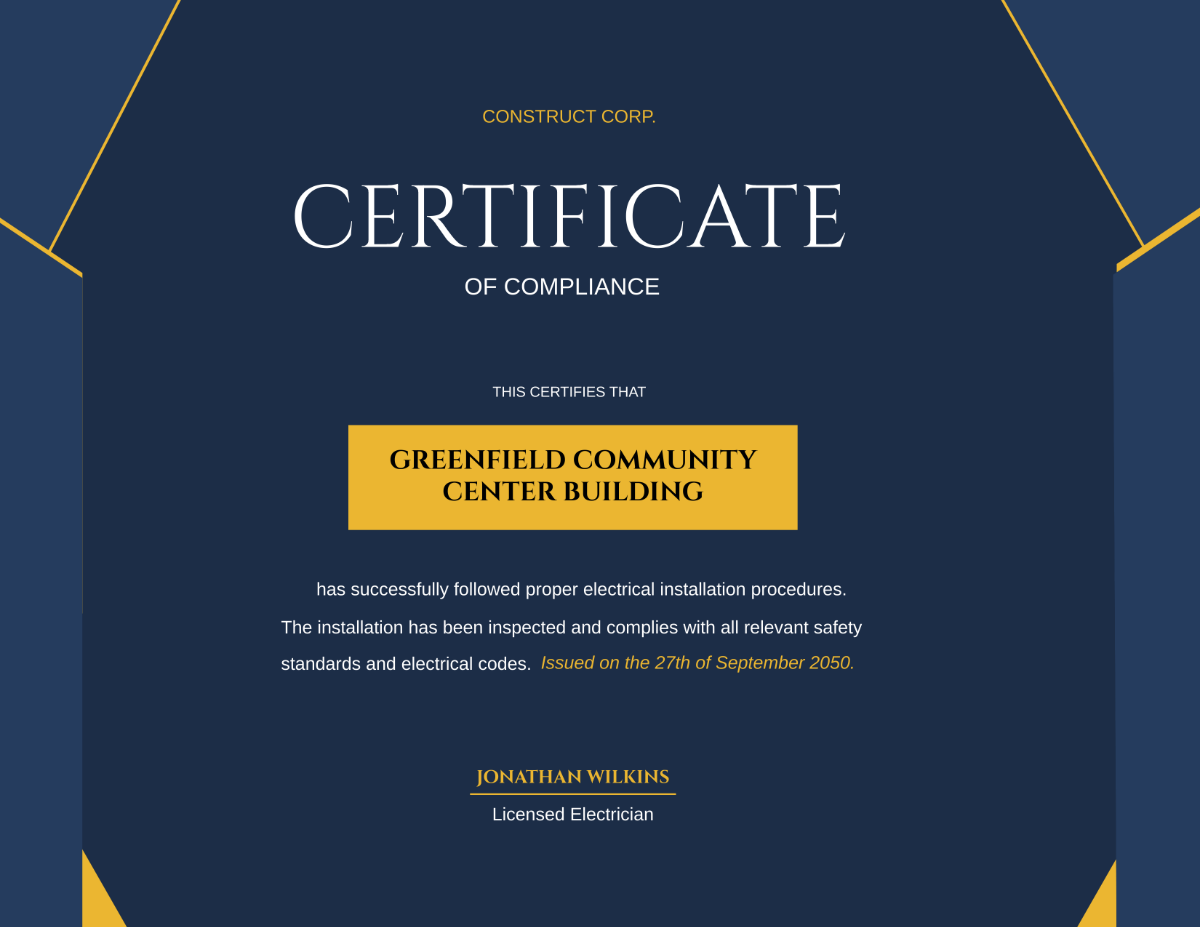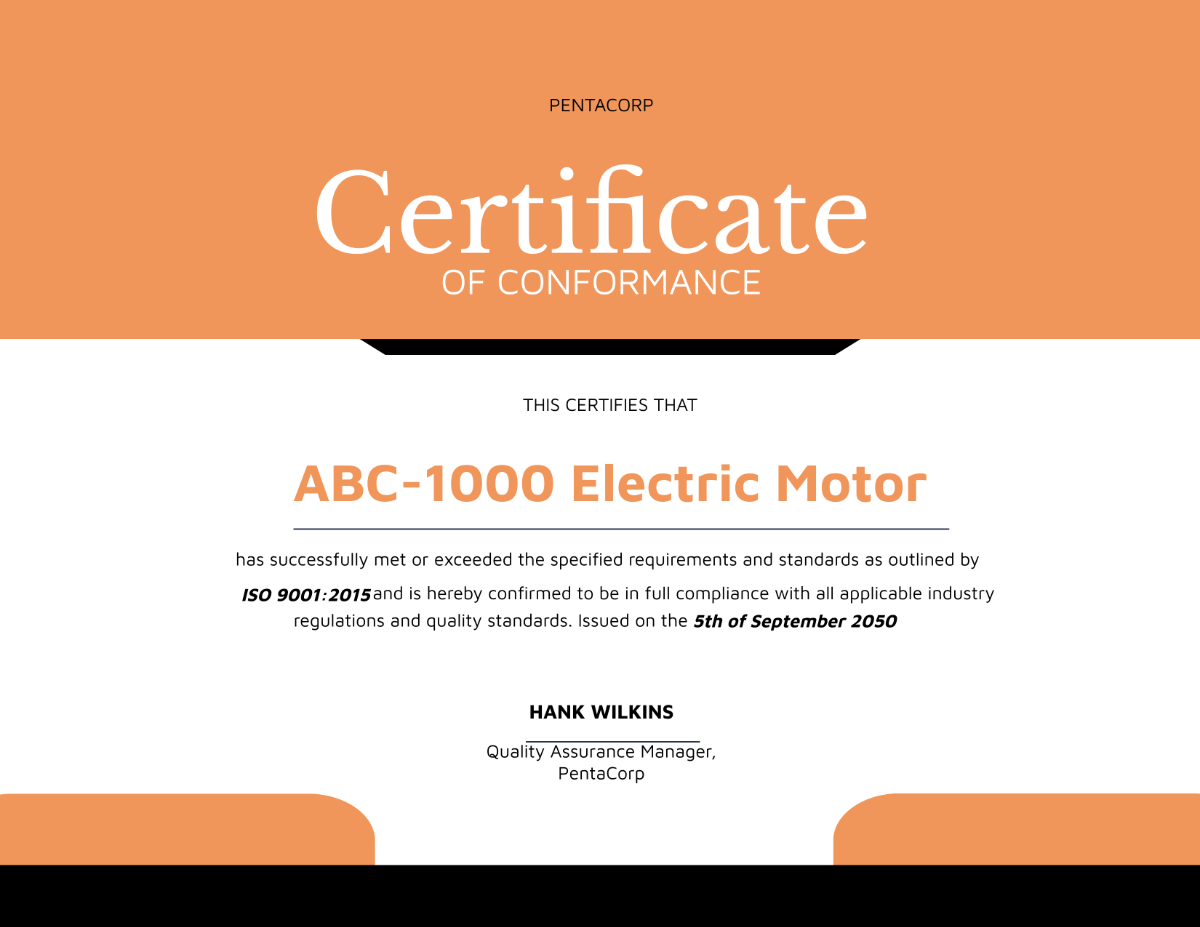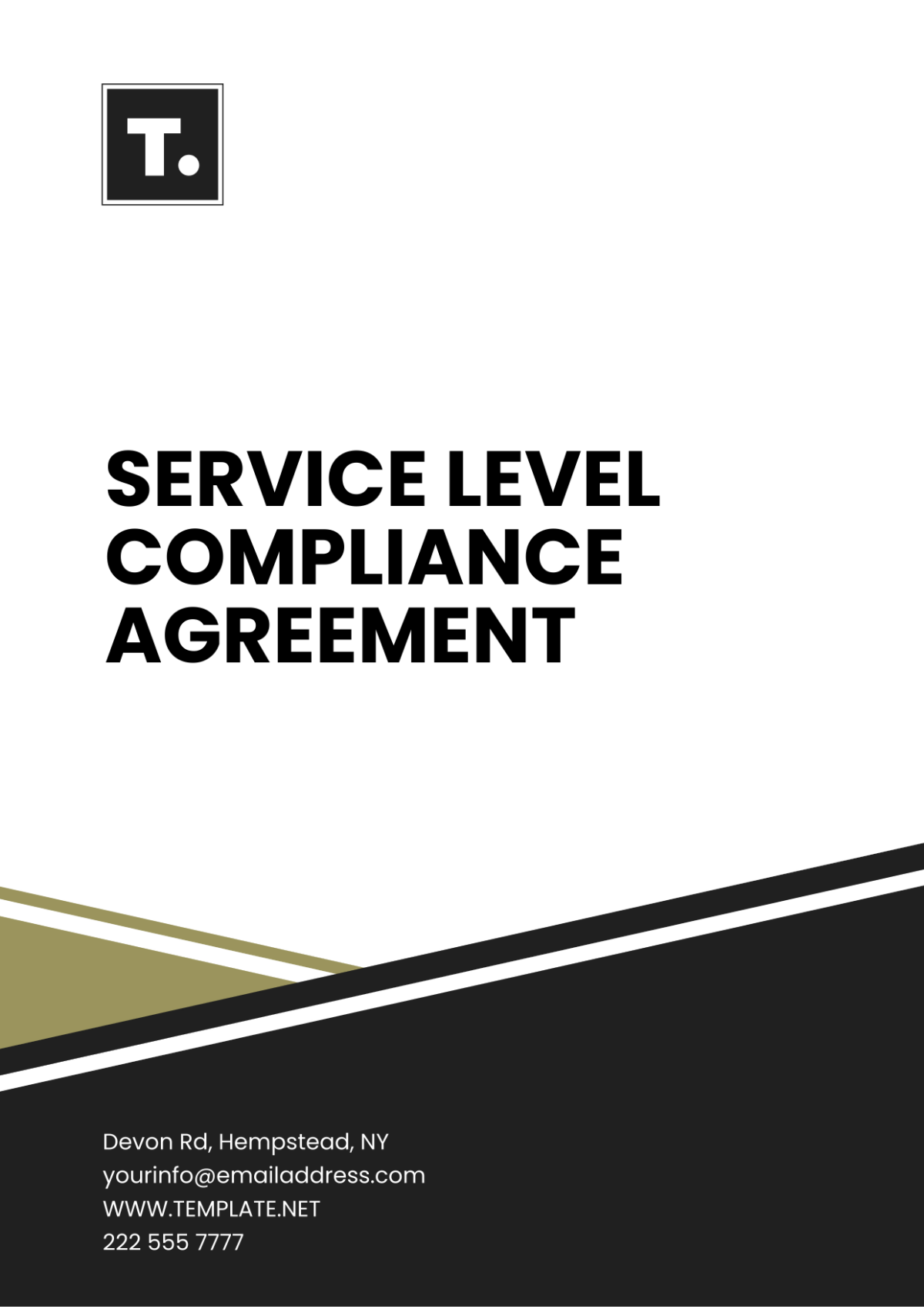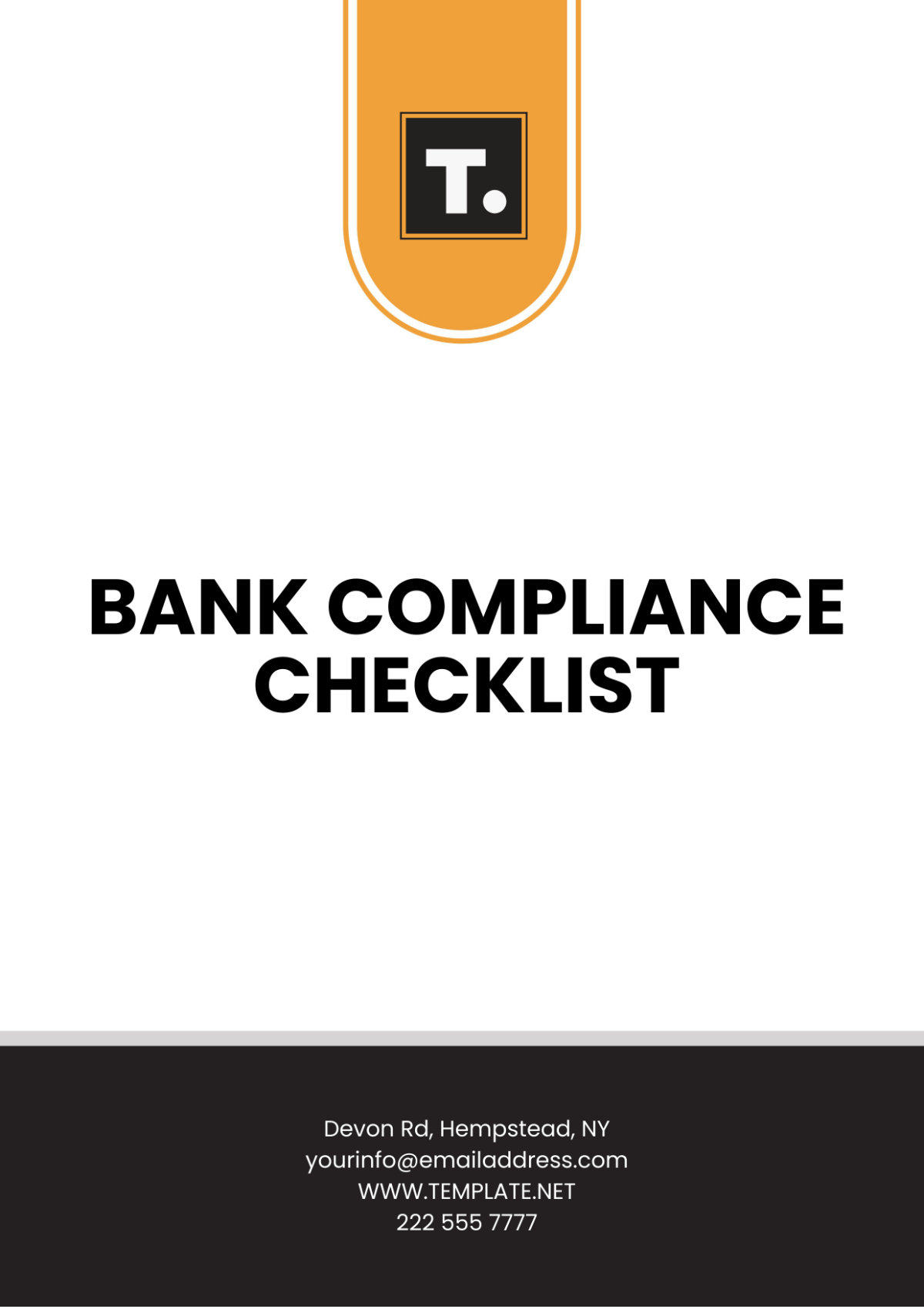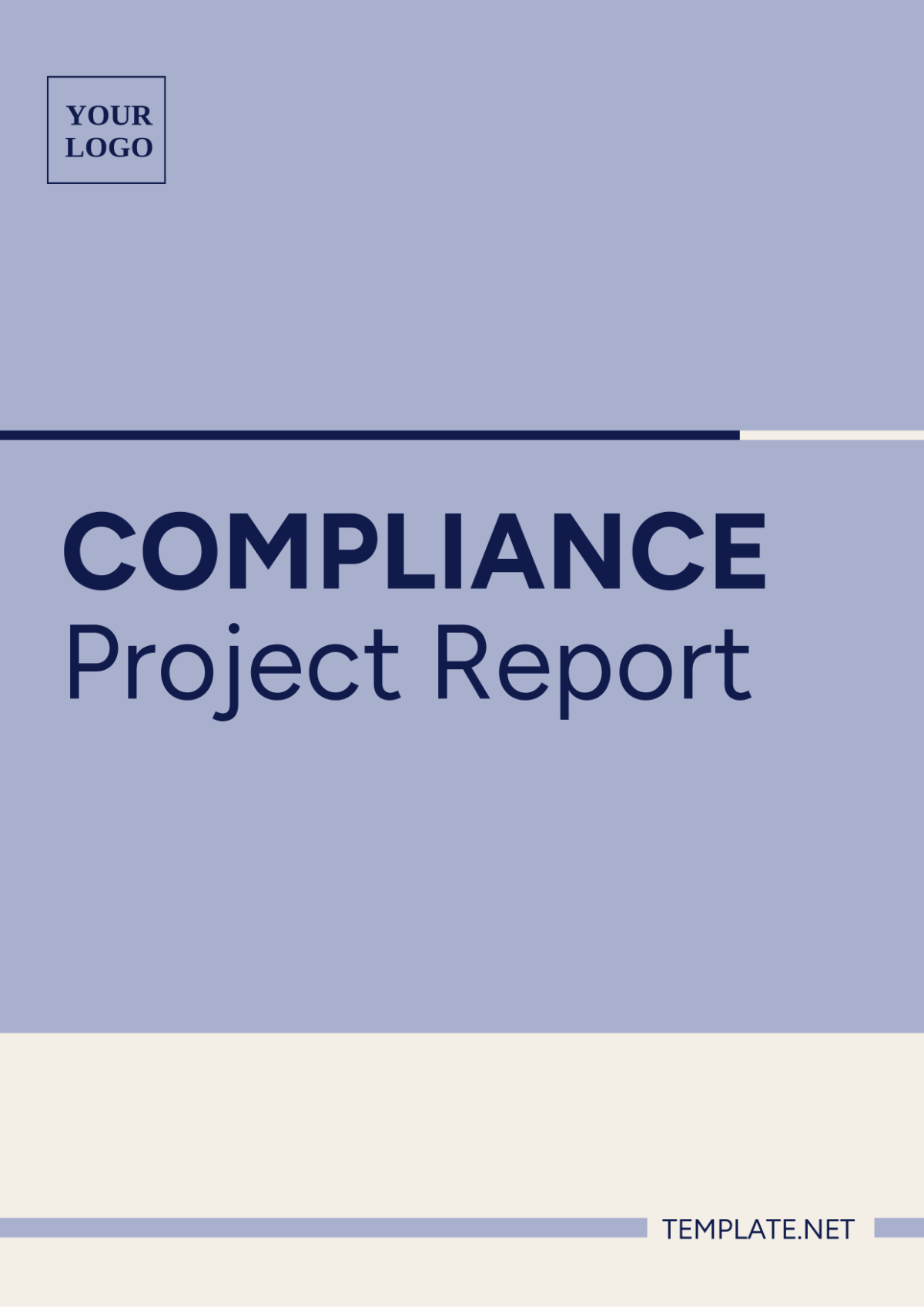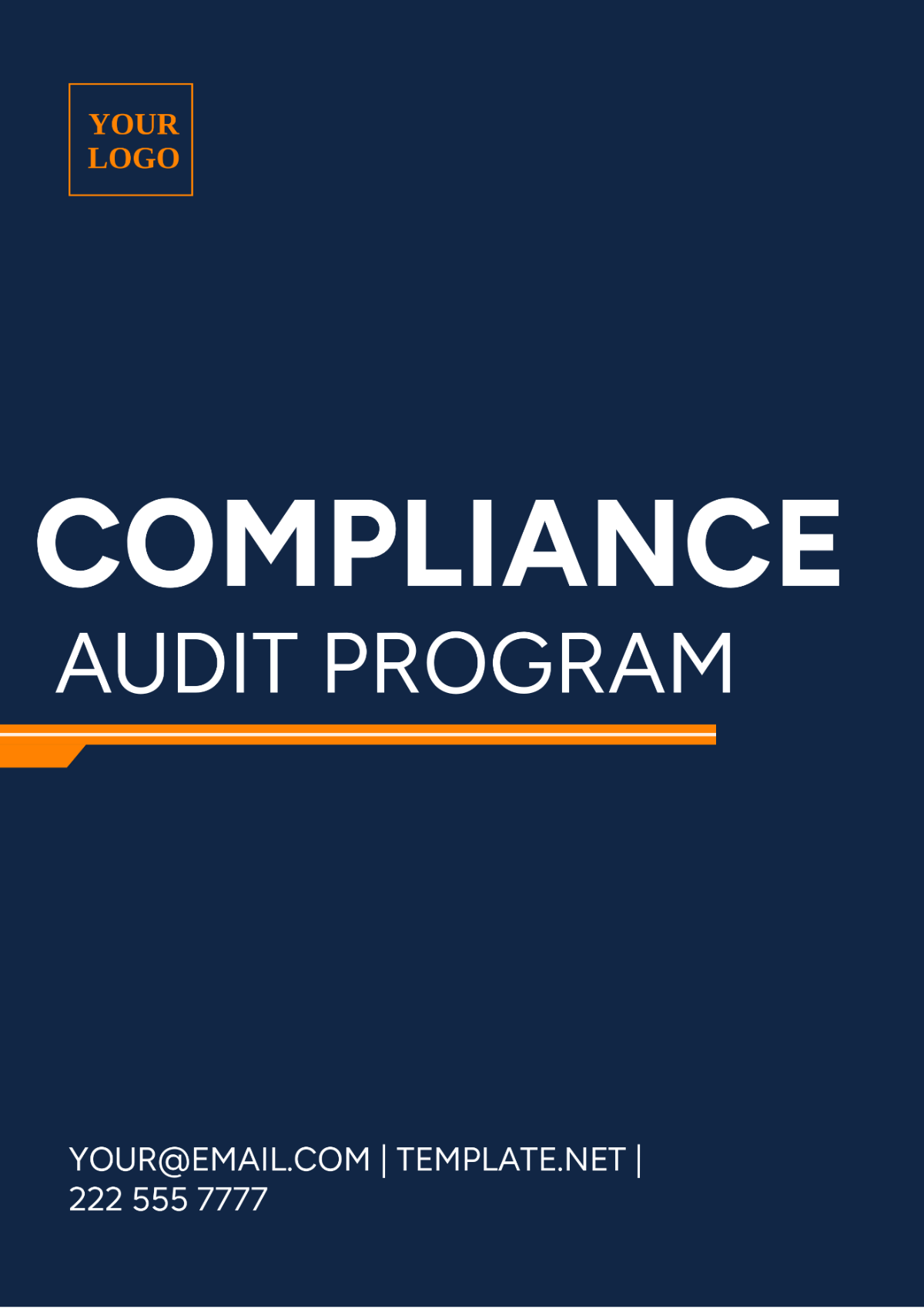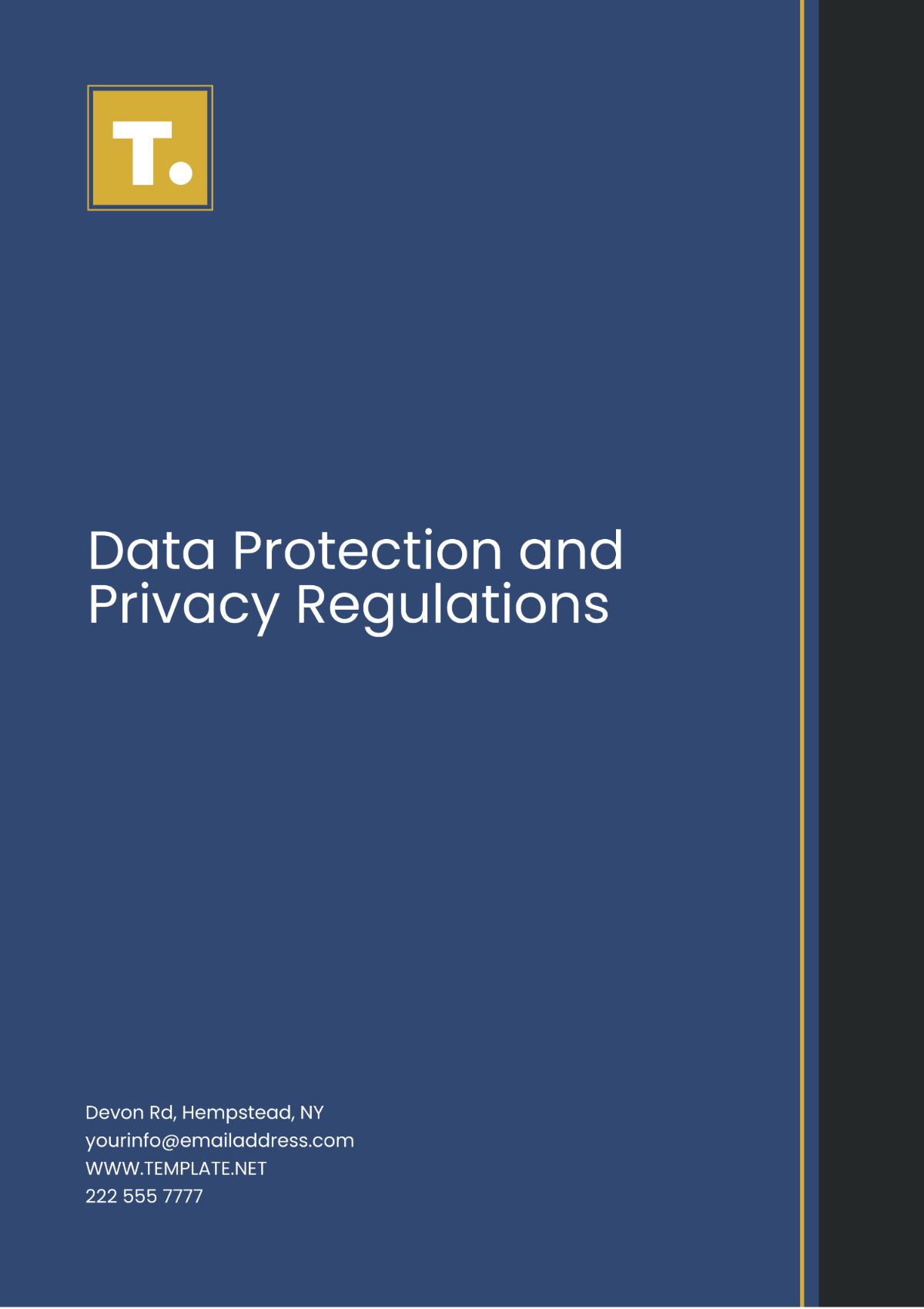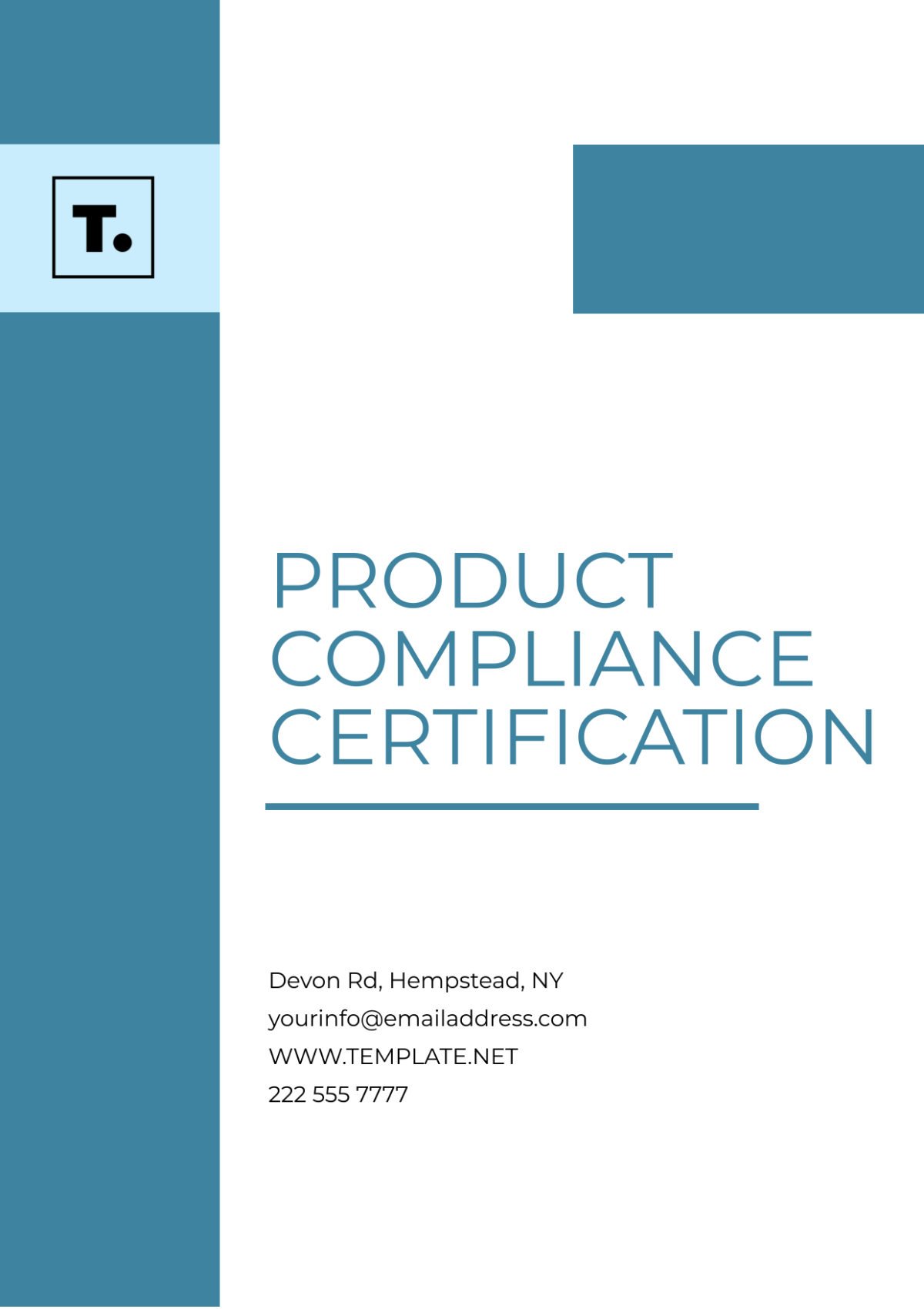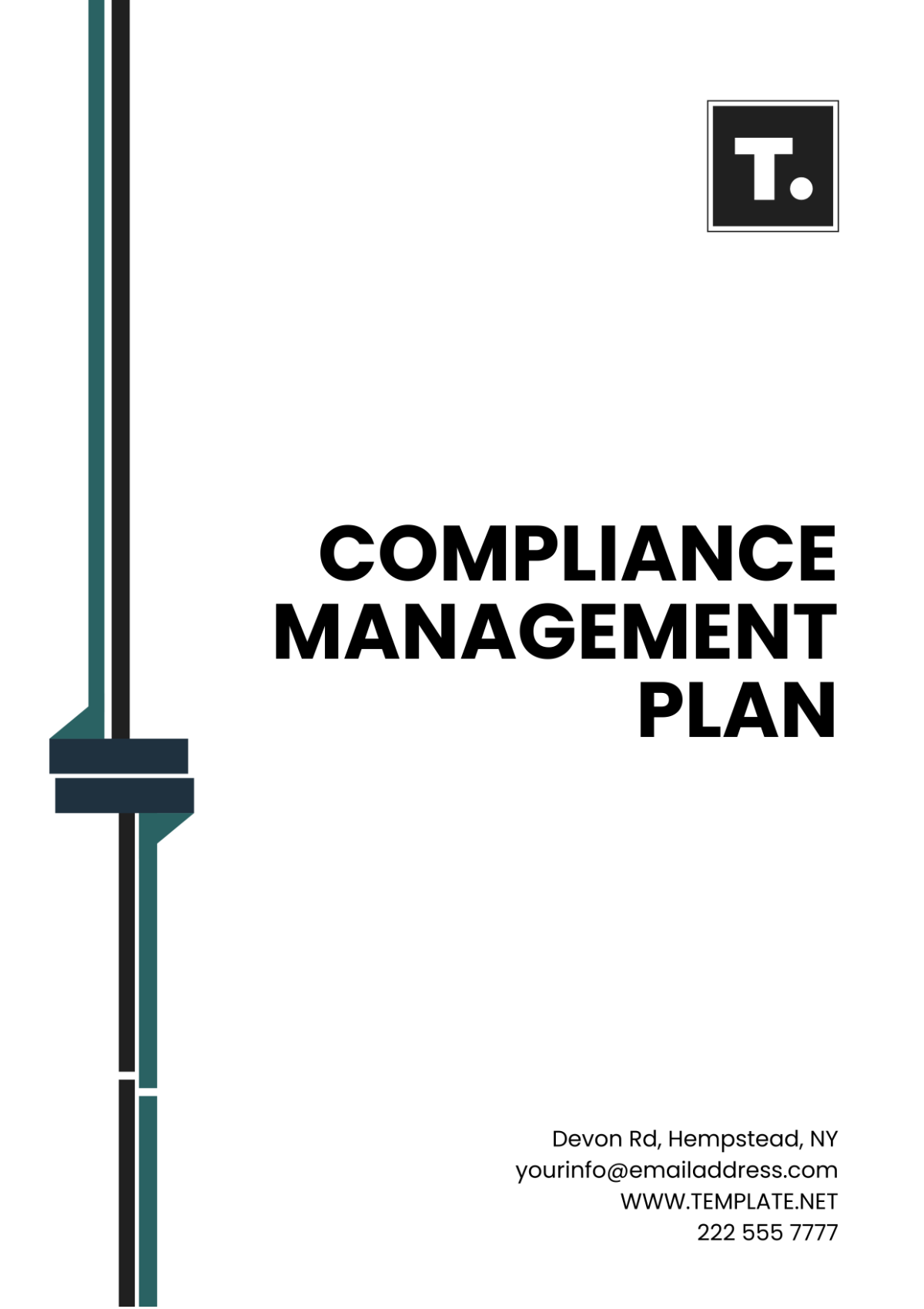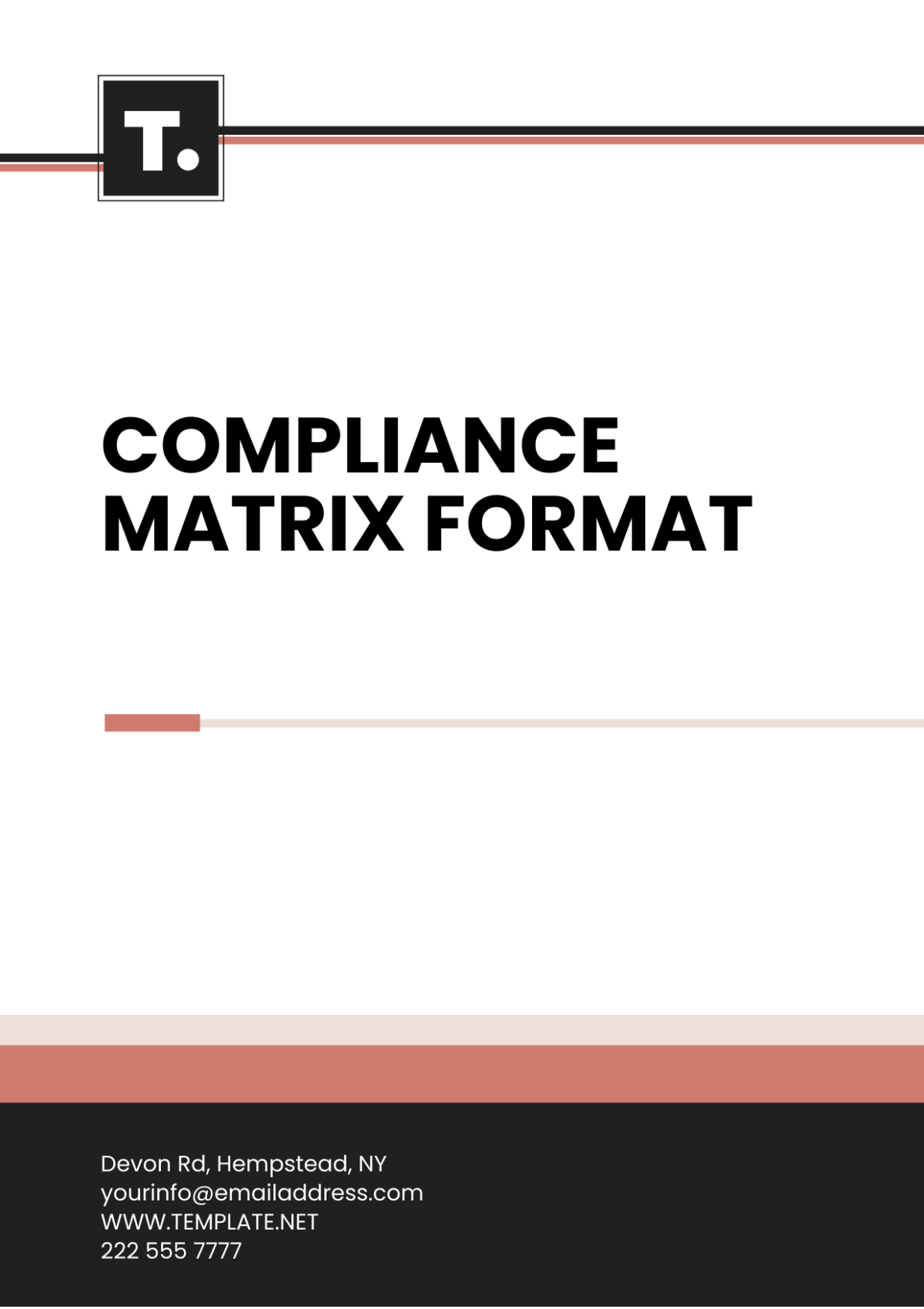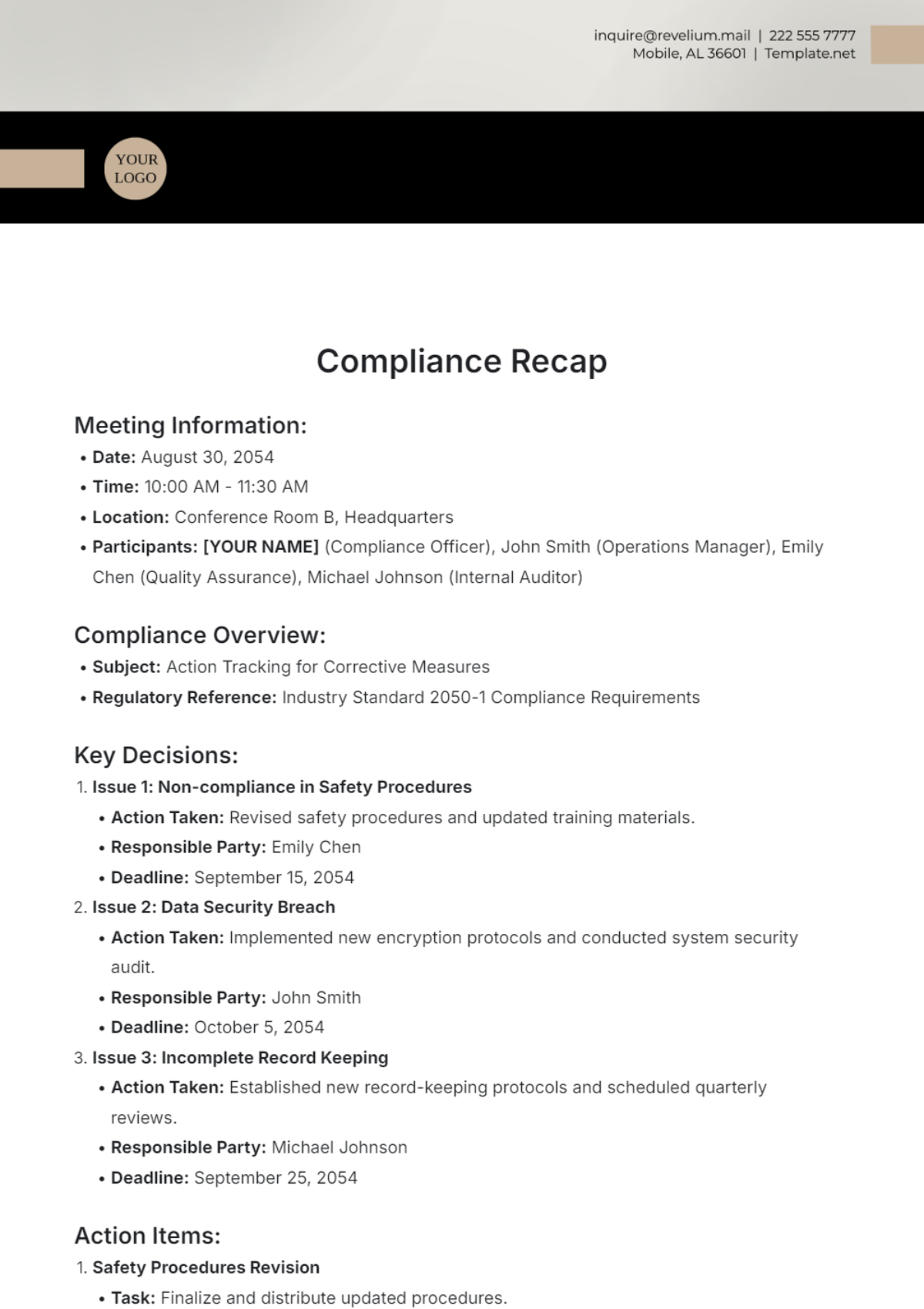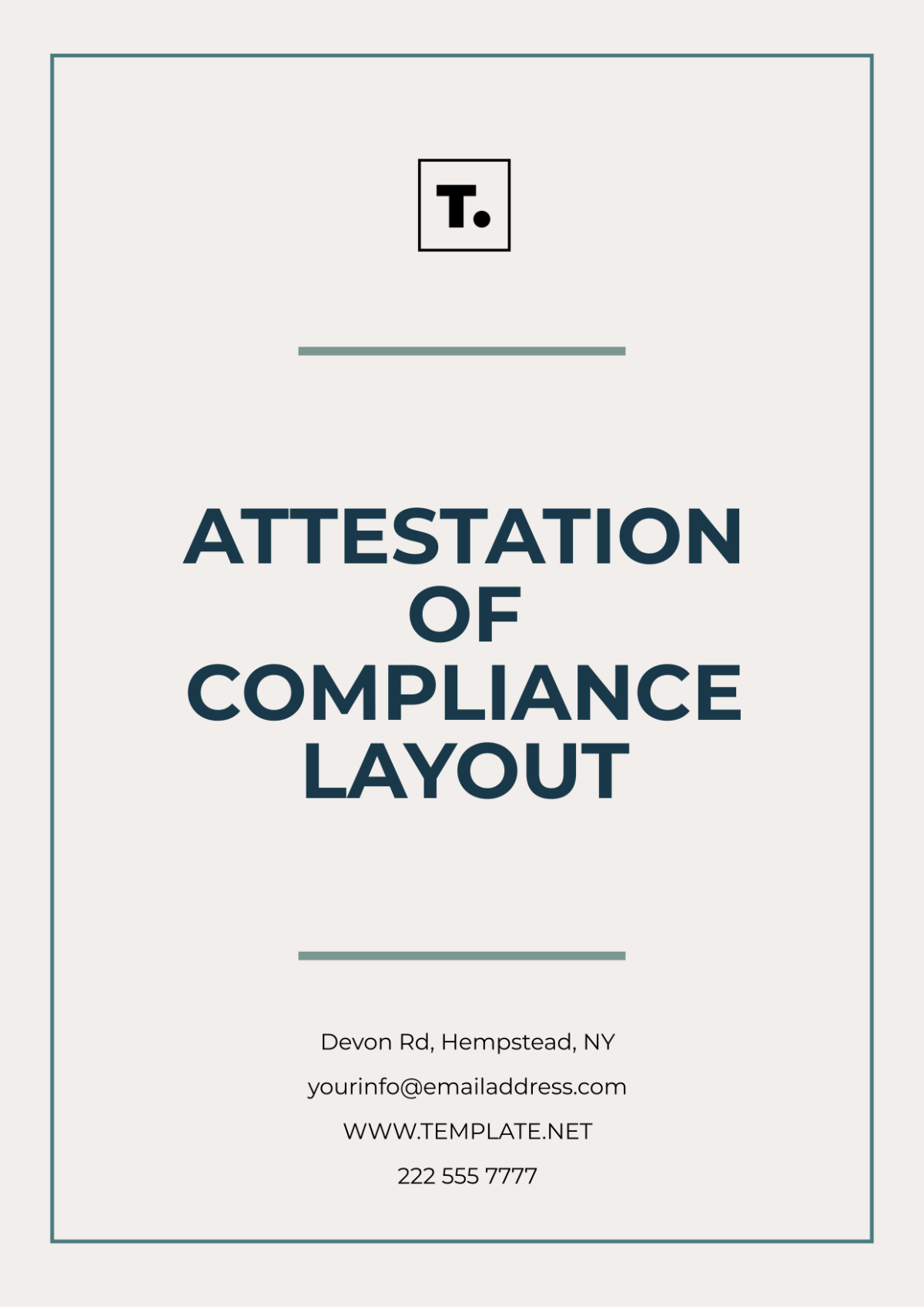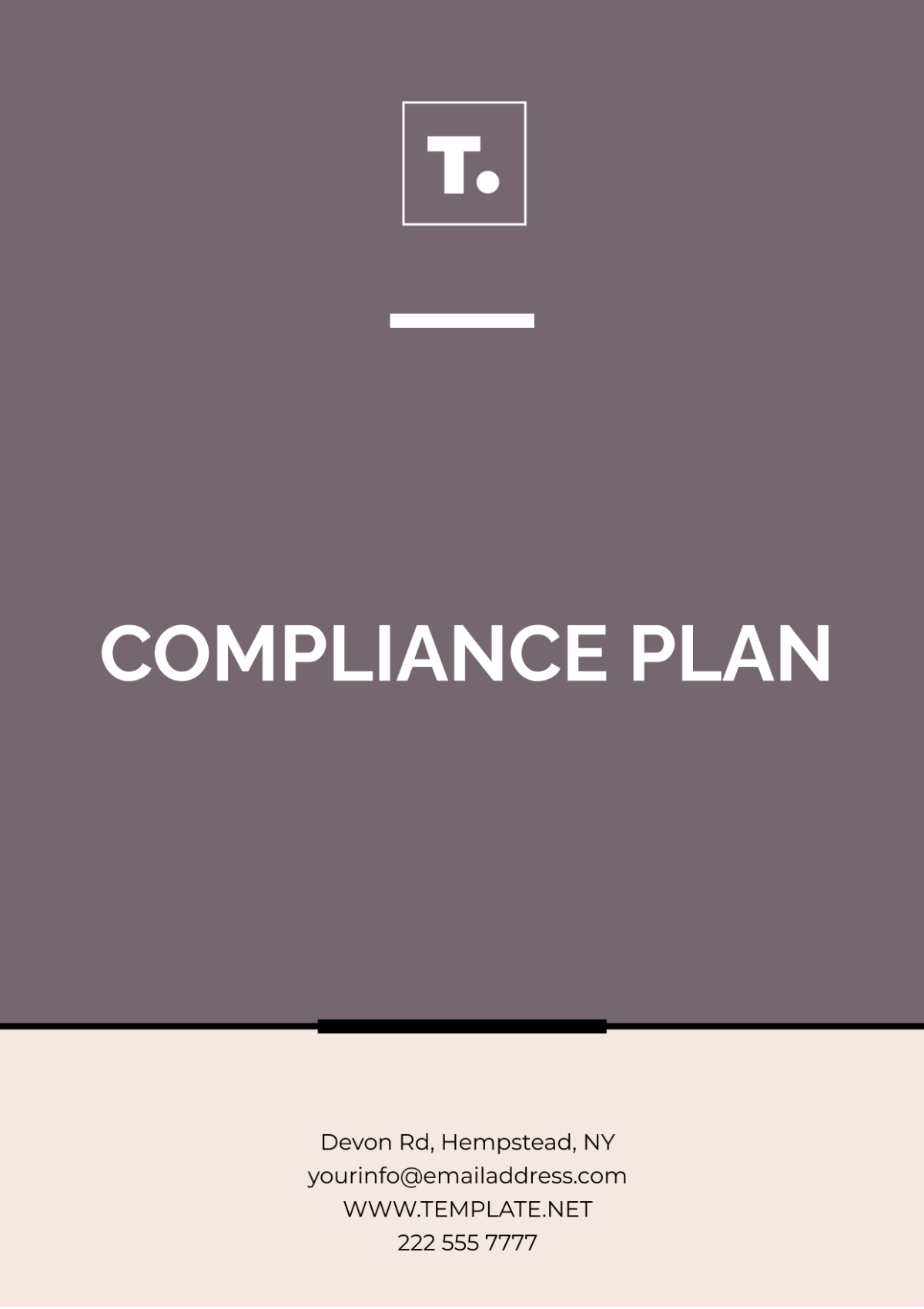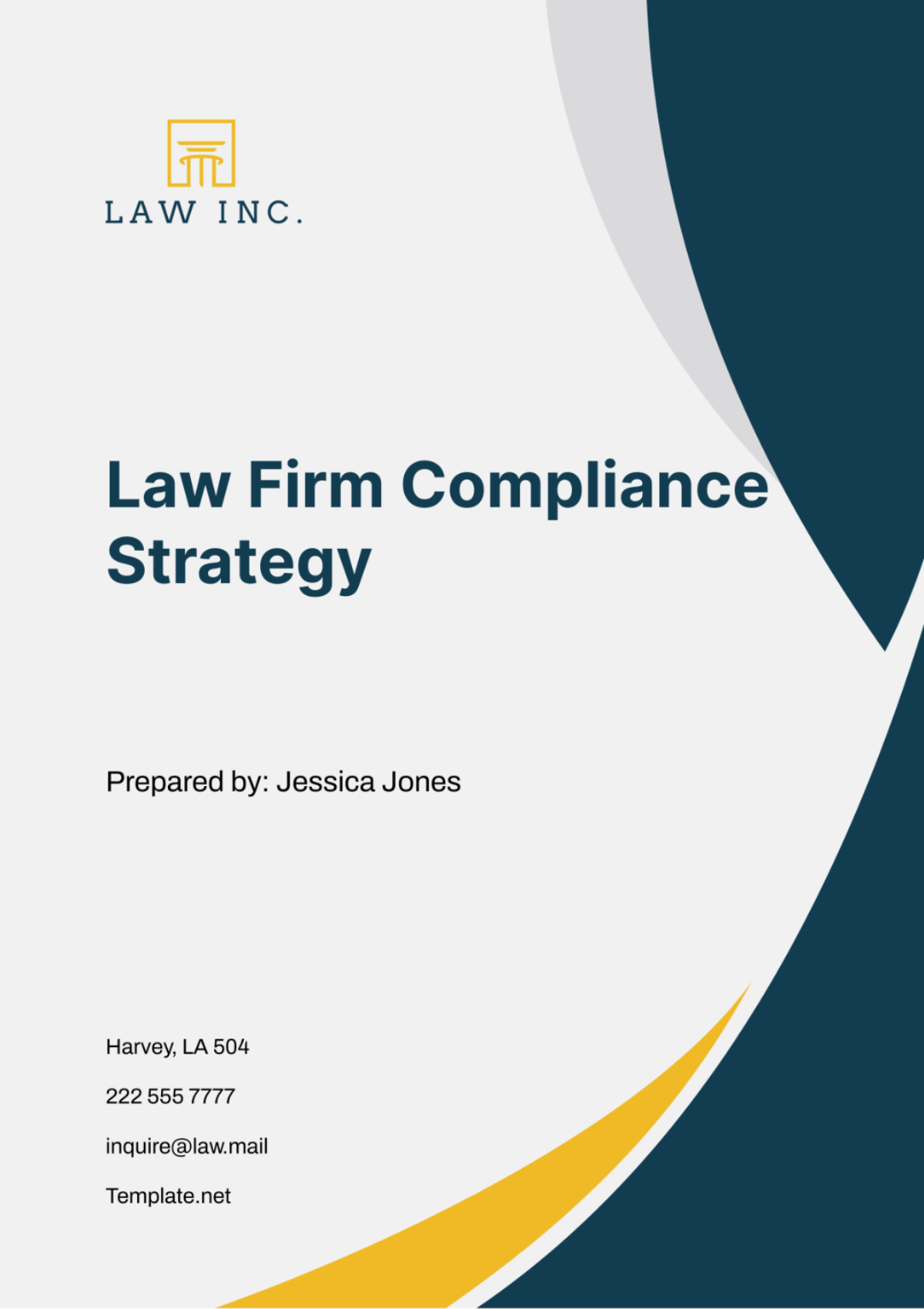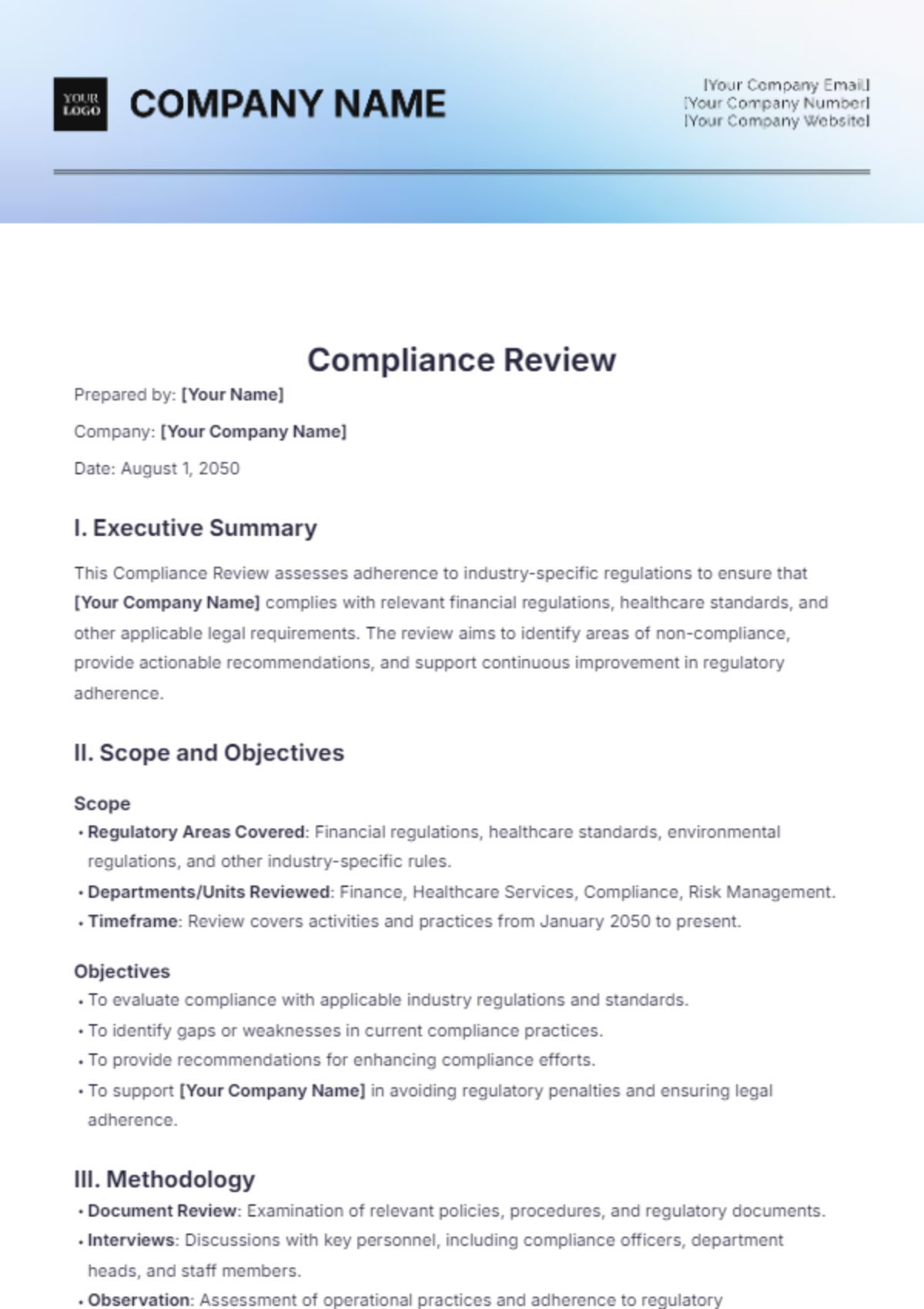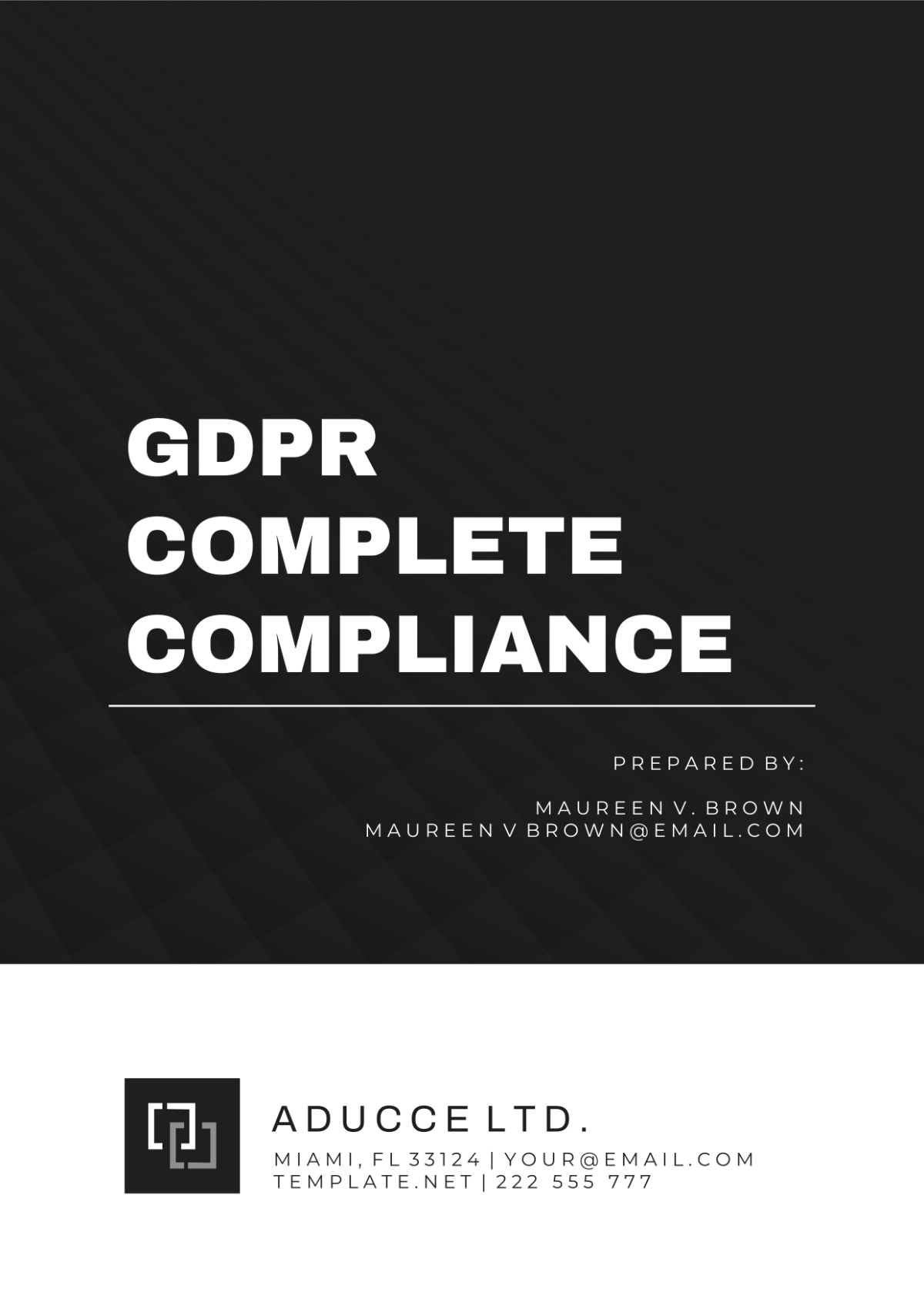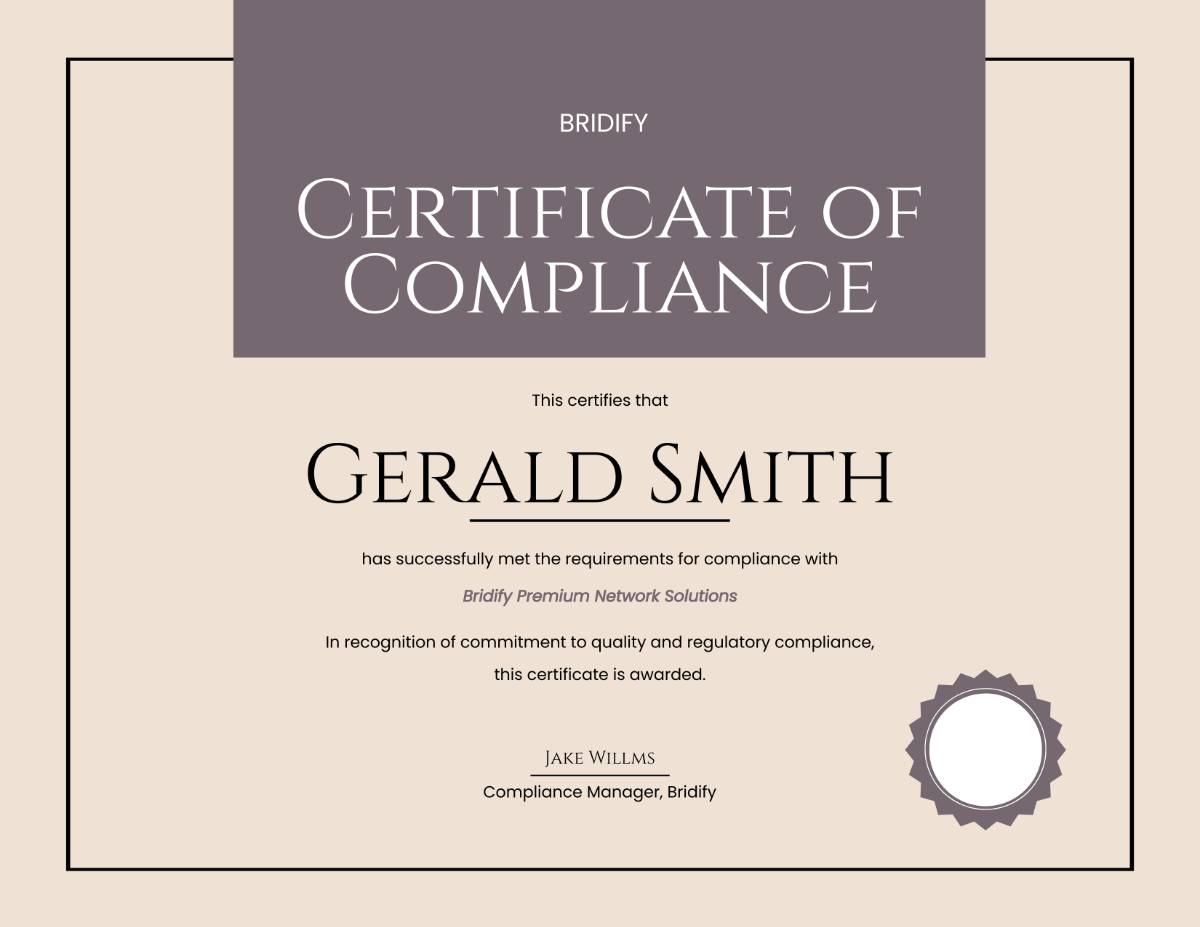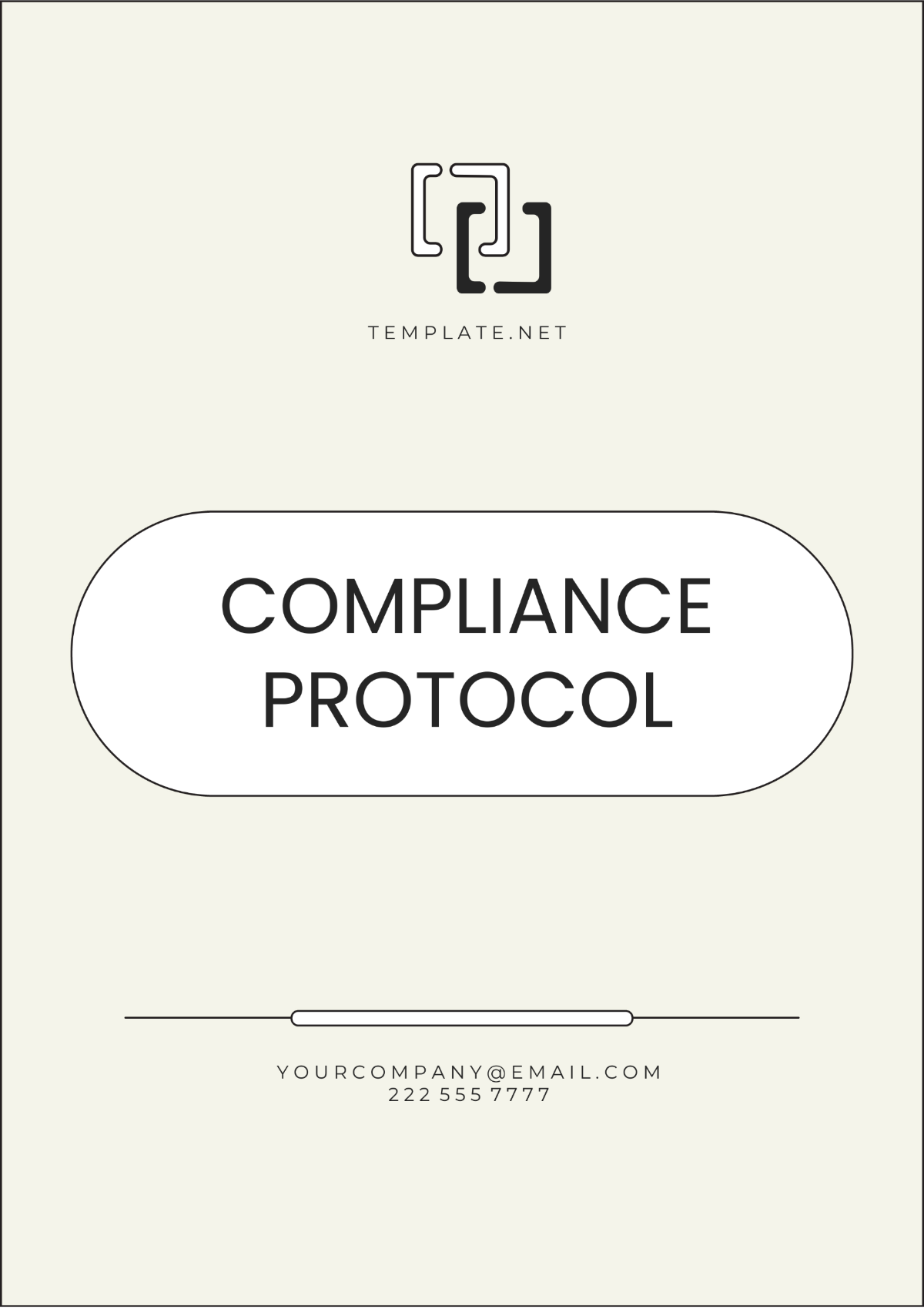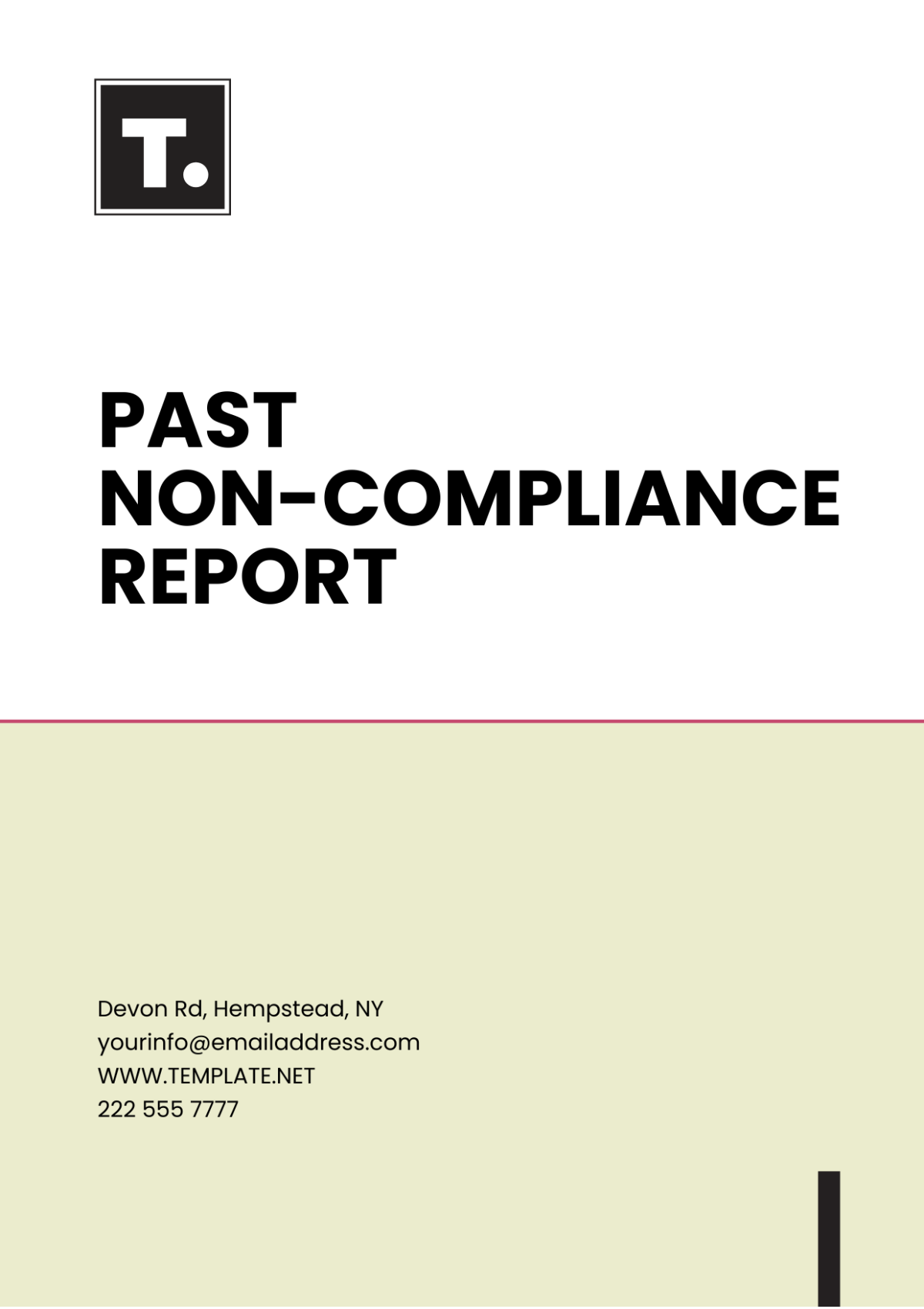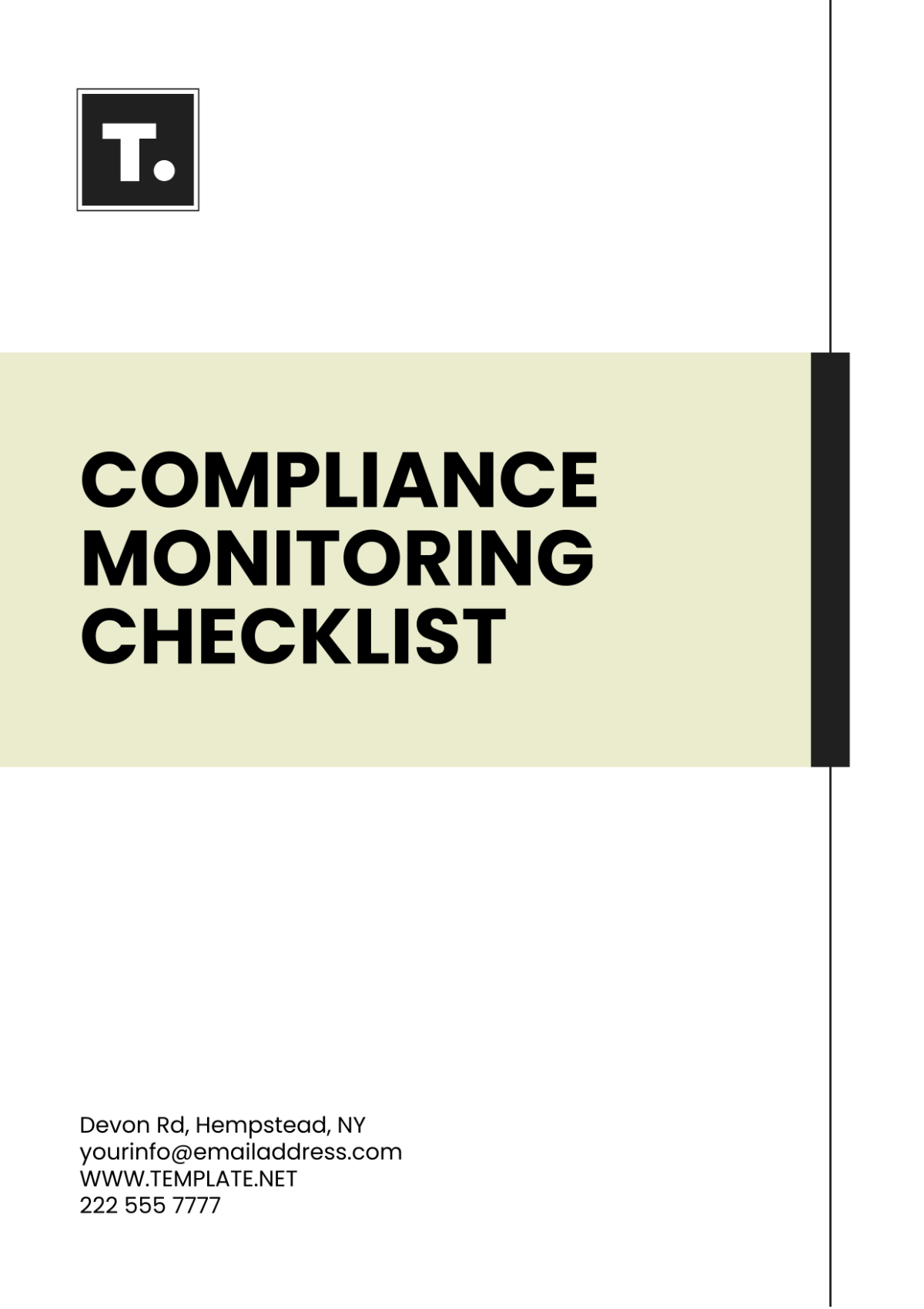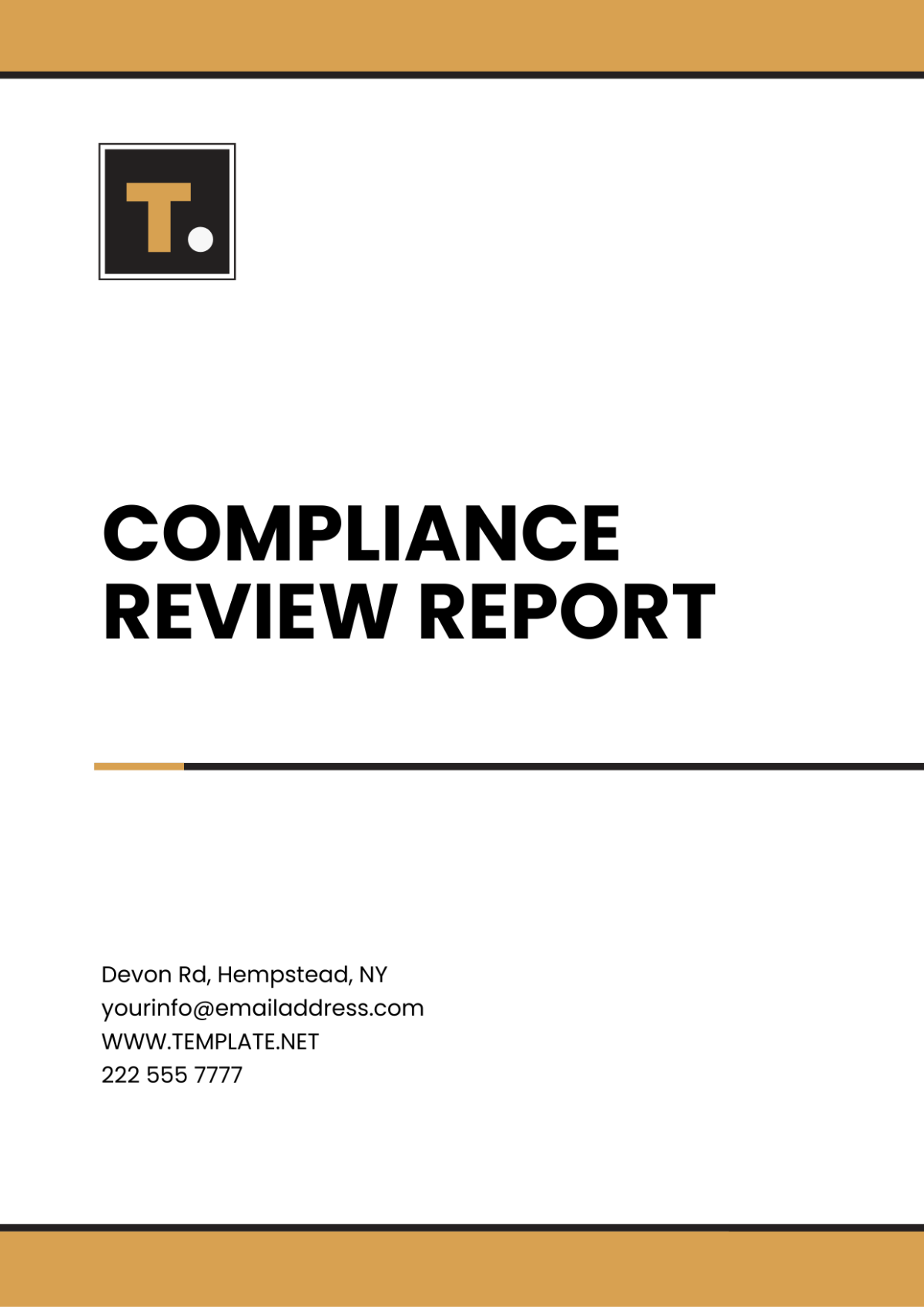Compliance Guide Format
1. Introduction
Purpose: Explain why the guide is necessary and its goals.
Scope: Define what areas or aspects of compliance the guide covers.
Audience: Specify who the guide is intended for (e.g., employees, contractors, management).
2. Regulatory Framework
Applicable Laws and Regulations: List and briefly describe the key laws, regulations, and standards that are relevant.
Compliance Requirements: Outline the specific requirements that need to be met.
3. Policies and Procedures
Company Policies: Detail the company’s policies related to compliance.
Procedures: Provide step-by-step procedures for how to adhere to these policies.
4. Roles and Responsibilities
Management: Describe the responsibilities of senior management in ensuring compliance.
Employees: Outline the responsibilities of employees at various levels.
Compliance Officer/Department: Define the role and duties of the compliance officer or department.
5. Training and Communication
Training Programs: Detail any training requirements and programs related to compliance.
Communication Channels: Explain how compliance-related information will be communicated.
6. Monitoring and Auditing
Monitoring: Describe how compliance will be monitored on an ongoing basis.
Audits: Outline the audit process, including frequency and scope.
7. Reporting and Enforcement
Reporting Mechanisms: Provide instructions for how to report compliance issues or violations.
Enforcement: Explain the consequences of non-compliance and the enforcement process.
8. Record Keeping
Documentation Requirements: Detail what records need to be kept, for how long, and by whom.
9. Review and Updates
Review Process: Describe how often the guide will be reviewed and updated.
Version Control: Keep track of revisions and updates.
10. Appendices
Glossary: Define key terms used in the guide.
References: List any documents, laws, or other resources referenced in the guide.
Forms and Templates: Include any relevant forms or templates that are needed for compliance.
11. Contact Information
Provide contact details for the compliance officer or department for any questions or clarifications.
